Length
24
Pages
No ratings yet
0 Reviews
Marla Yotoko Chorengel
Ibarra Crisostomo
The gabi or taro plant, is a native of the Philippines and its Pacific islands neighbors. Its large, long-stalked leaves shaped like arrows or hearts, spring from an underground corm with roots. Gabi leaves do not get wet because of the wax-like coating. The leaves and corm of gabi plant are rich in mineral and Vitamins A and C but must be cooked thoroughly to avid itching of the throat. The itchiness is caused by a crystal which protects the gabi plant from being eaten by rodents or other animals. It has a sap that gives permanent black stain to clothing.
In 1597, early Spanish Manuscript recorded the existence of the “Iwak,” a gabi-growing/eating mountain tribe in the Cordillera mountain ranges of Luzon, Philippines. Gabi was the tuber around which their agricultural cycle revolved.
Today, gabi leaves cooked with coconut milk make delicious native dishes called laing and pinangat. Gabi tubers or corms add a special flavor and texture to sinigang, a popular Filipino dish.
Pages
Inches
Grams
Hard Cover


No ratings yet

No ratings yet

No ratings yet
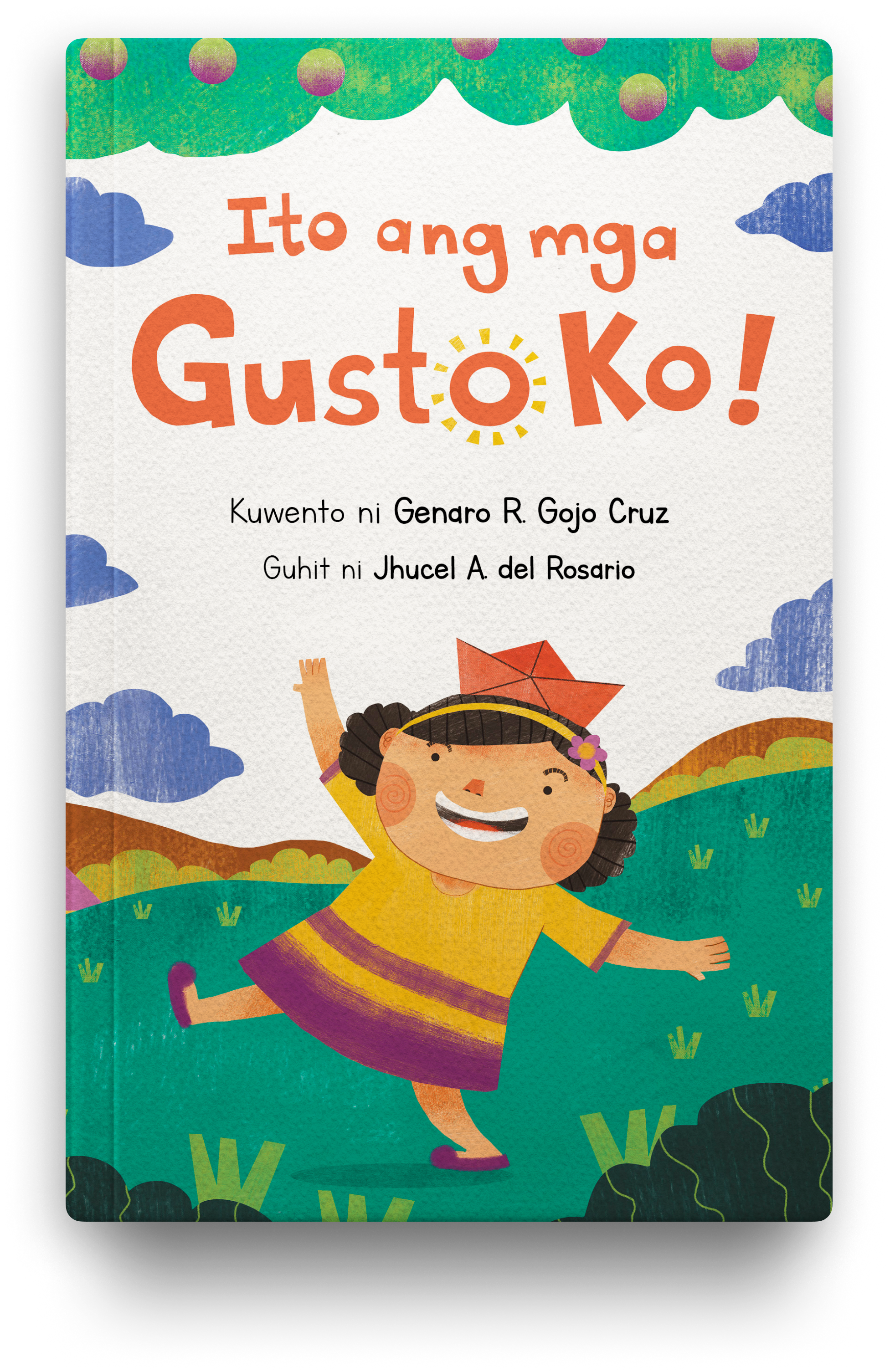
No ratings yet
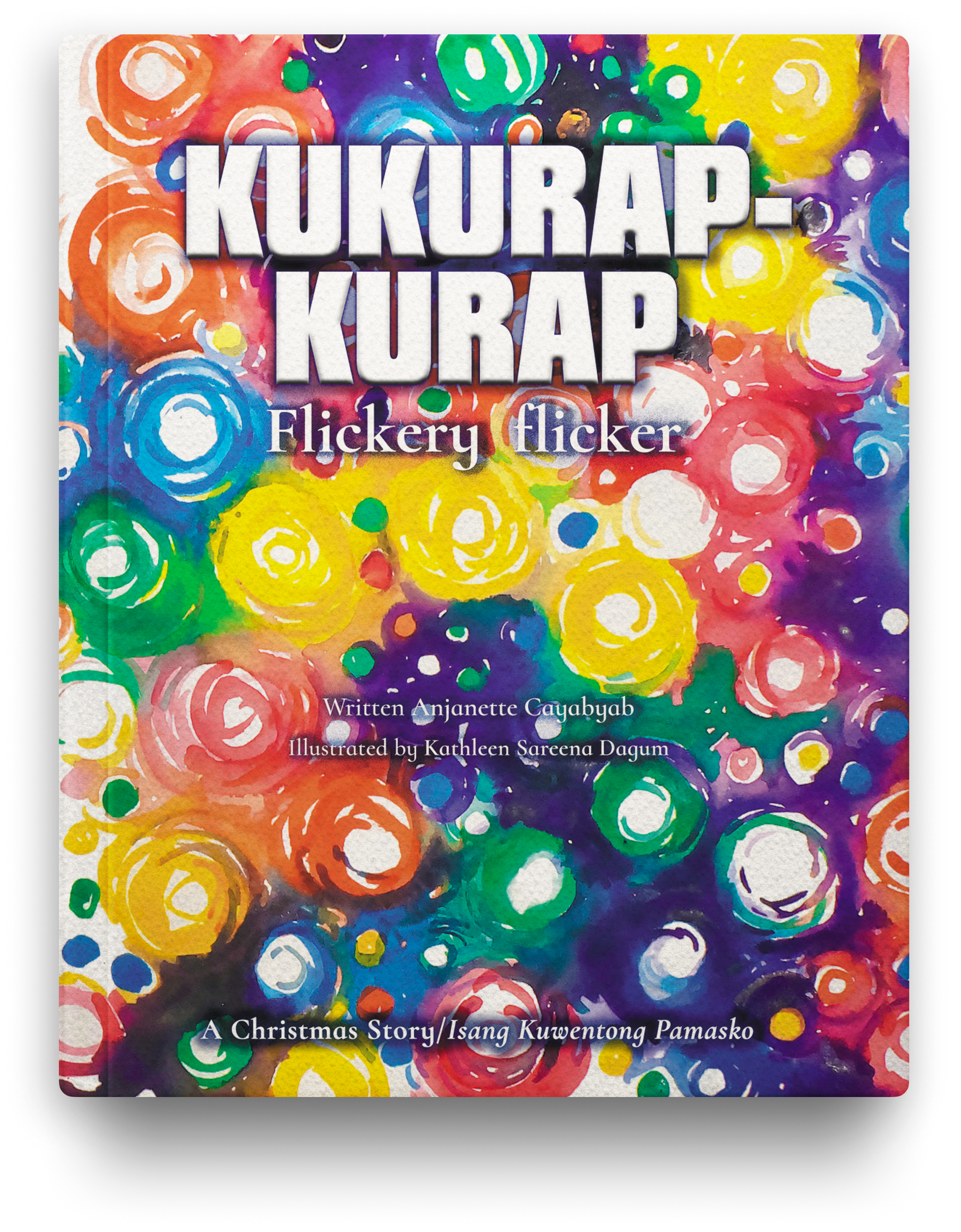
No ratings yet

No ratings yet

No ratings yet
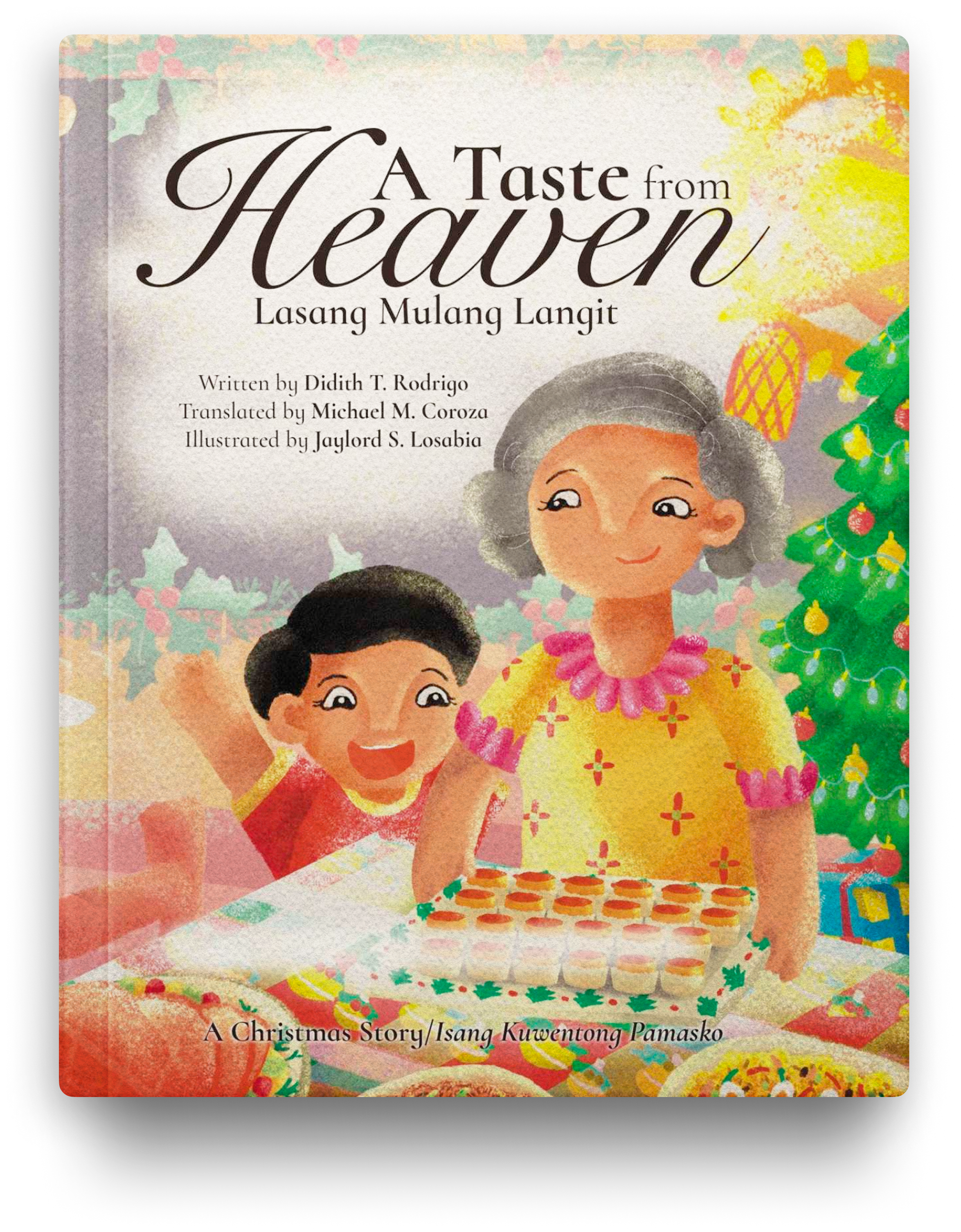
No ratings yet

No ratings yet

No ratings yet

No ratings yet

No ratings yet

No ratings yet

No ratings yet

No ratings yet
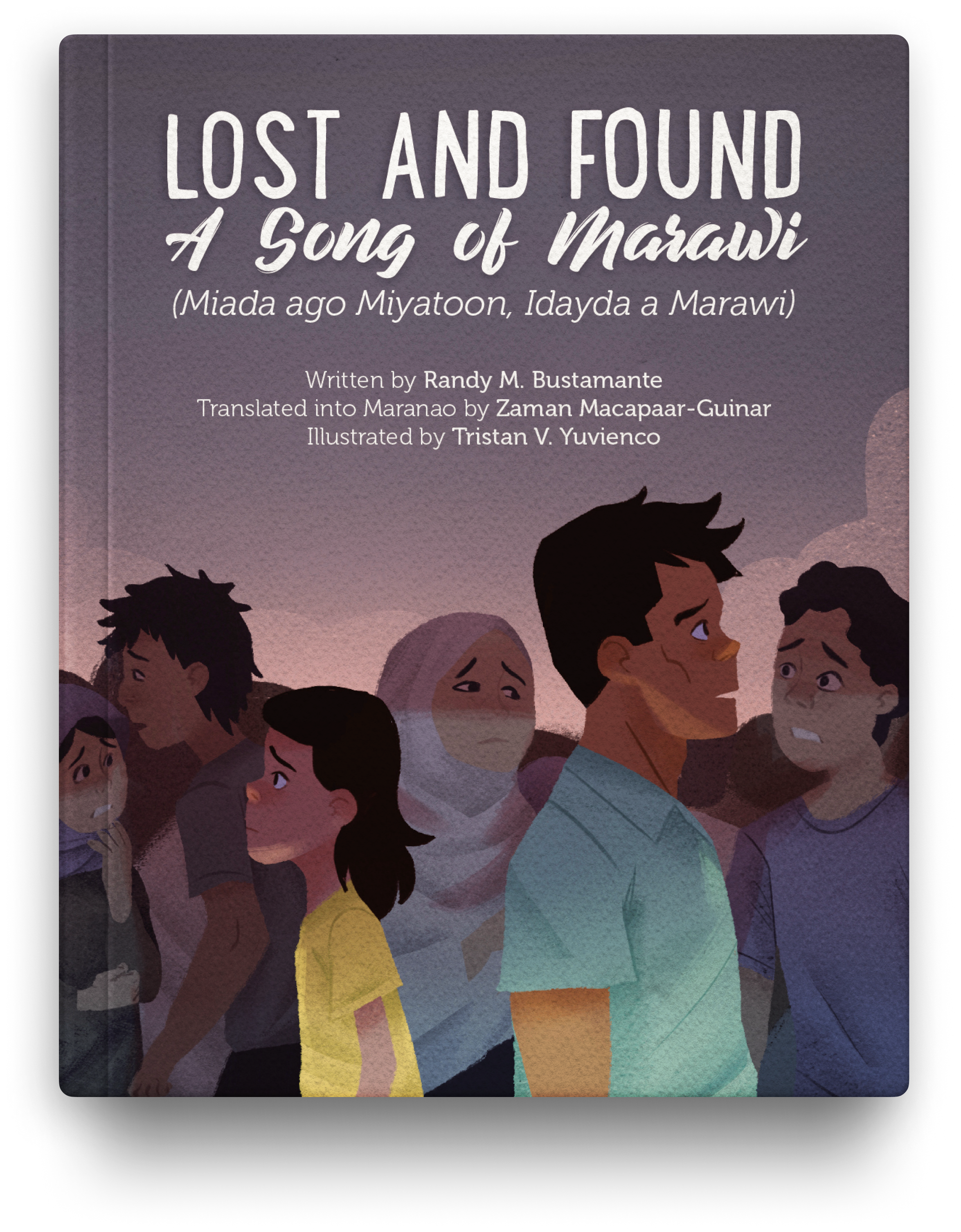
No ratings yet
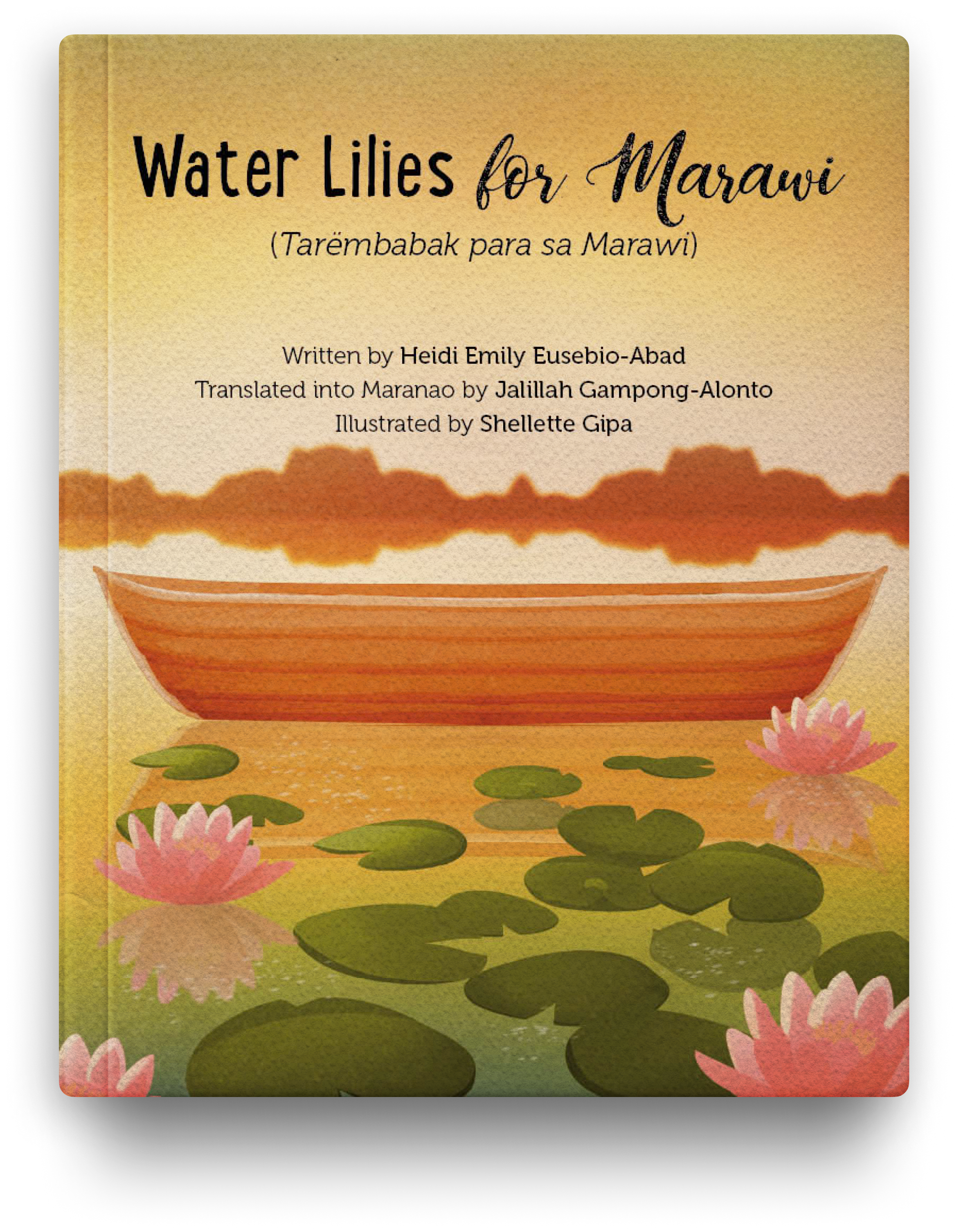
No ratings yet
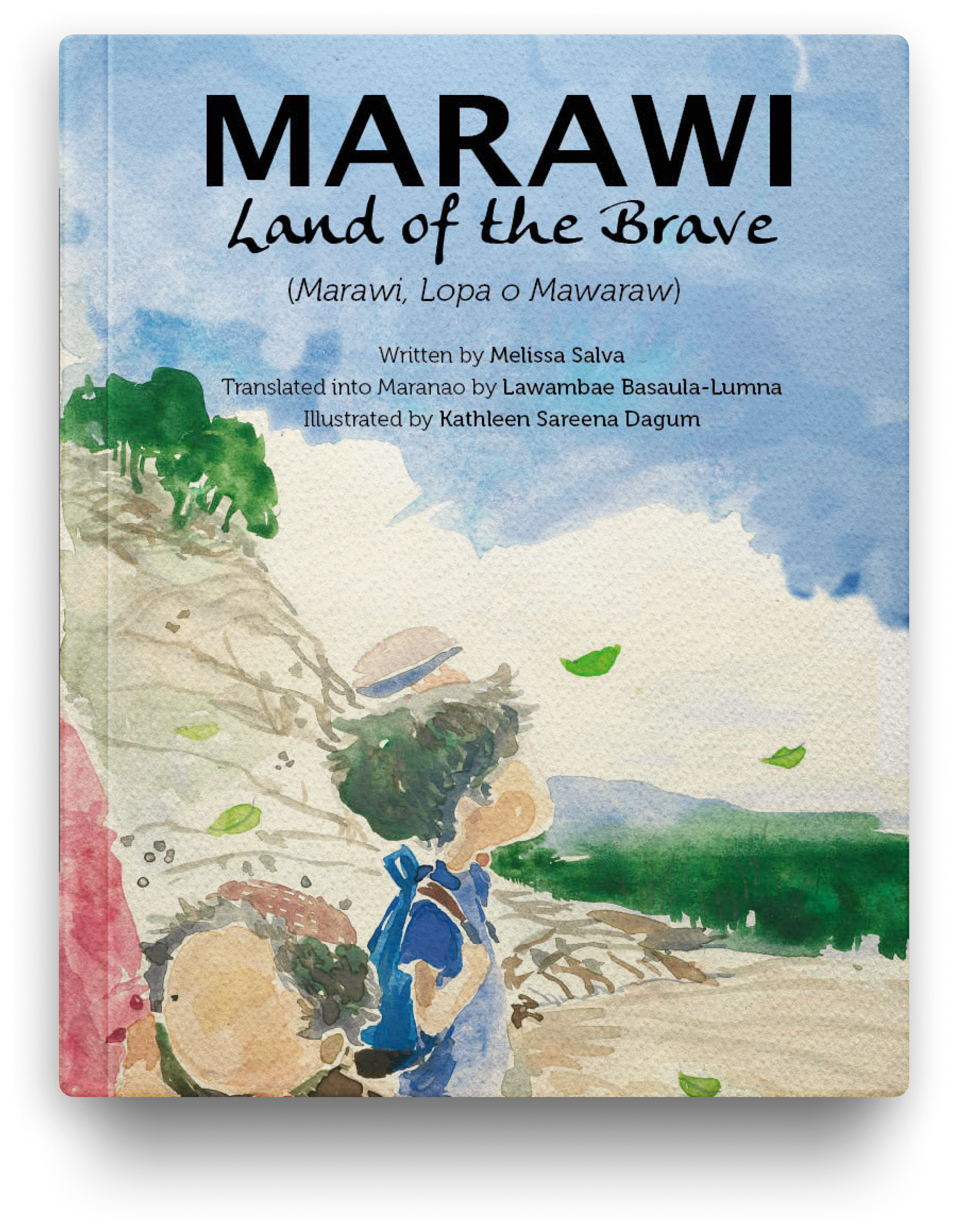
No ratings yet
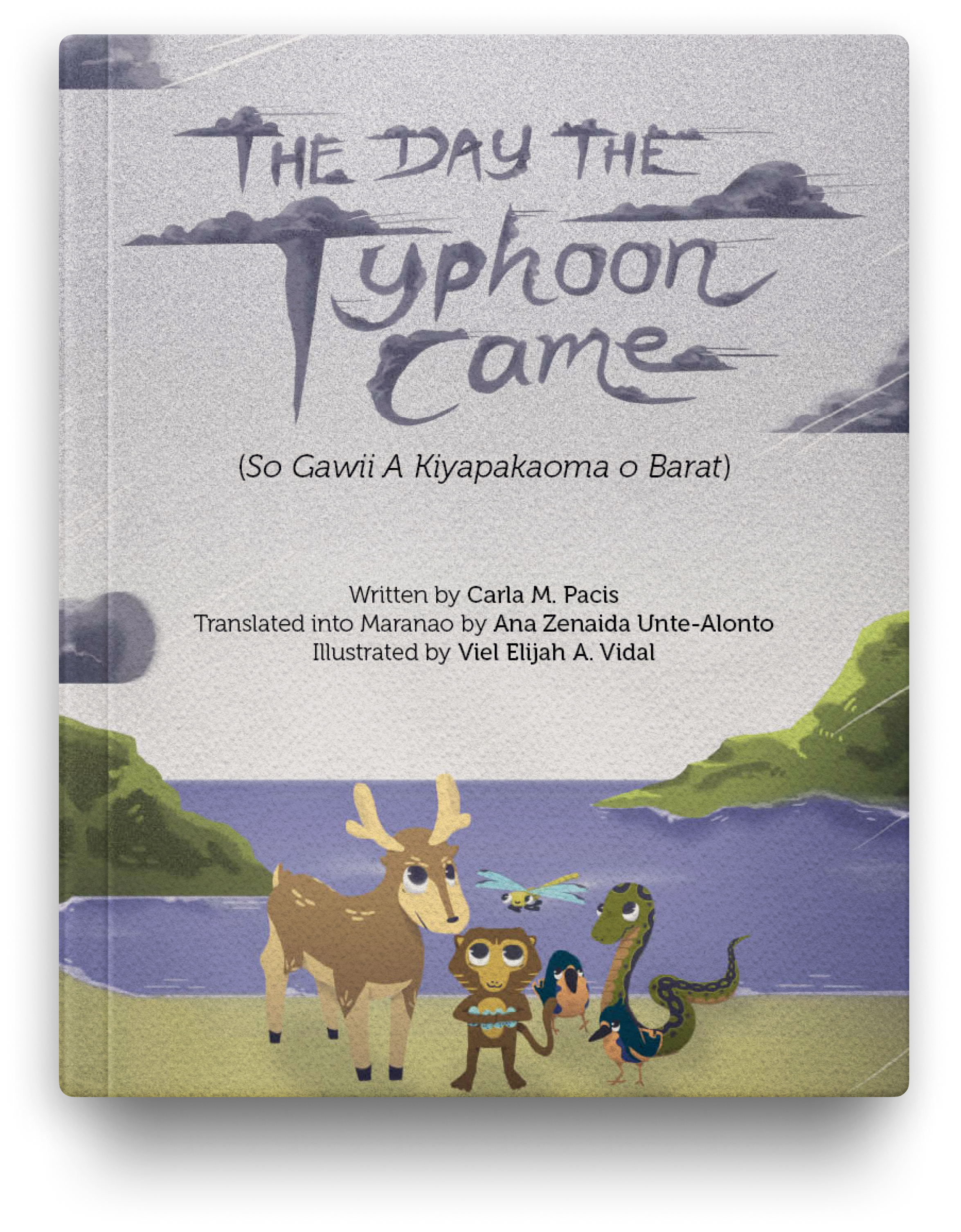
No ratings yet
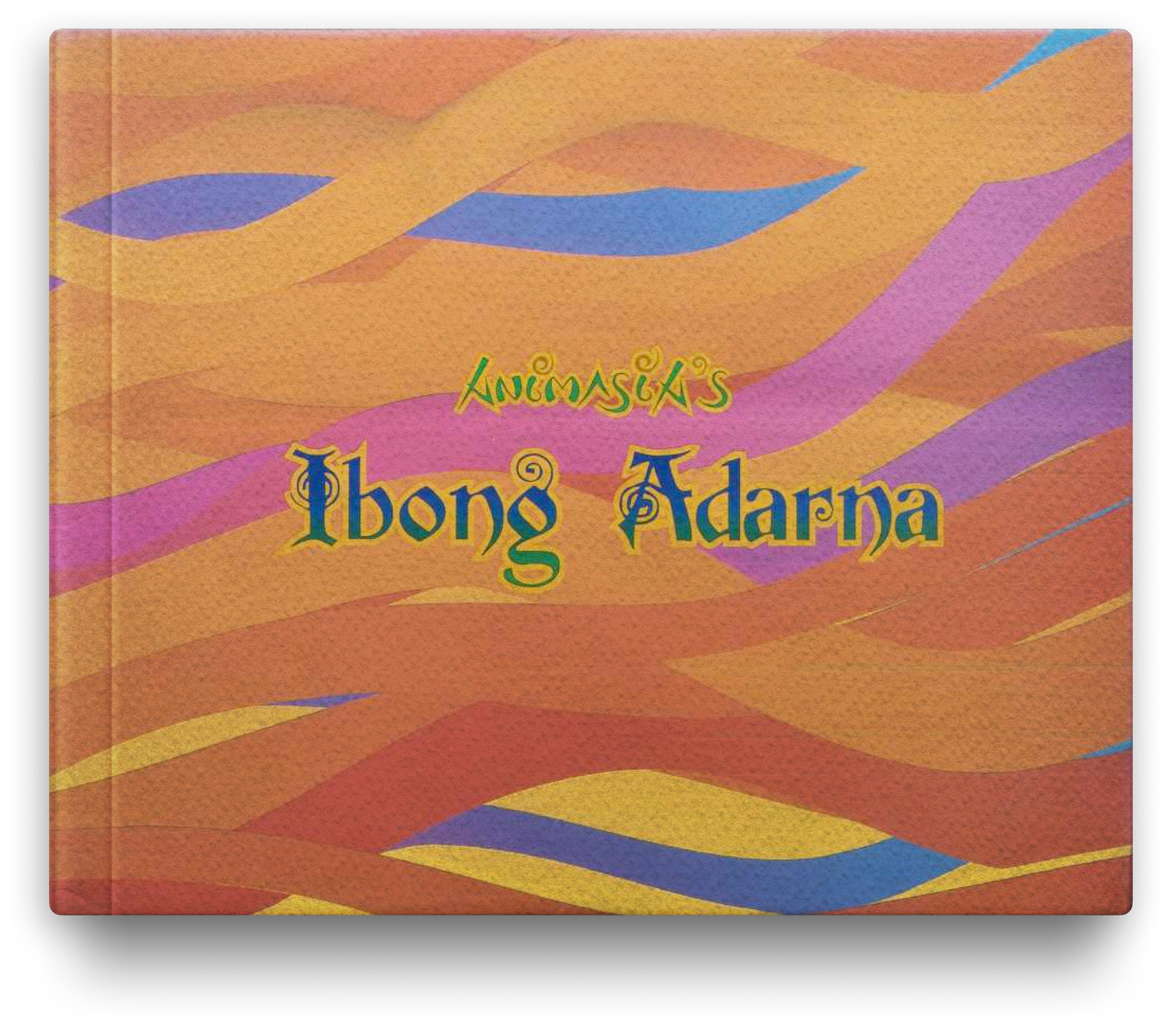
No ratings yet

No ratings yet
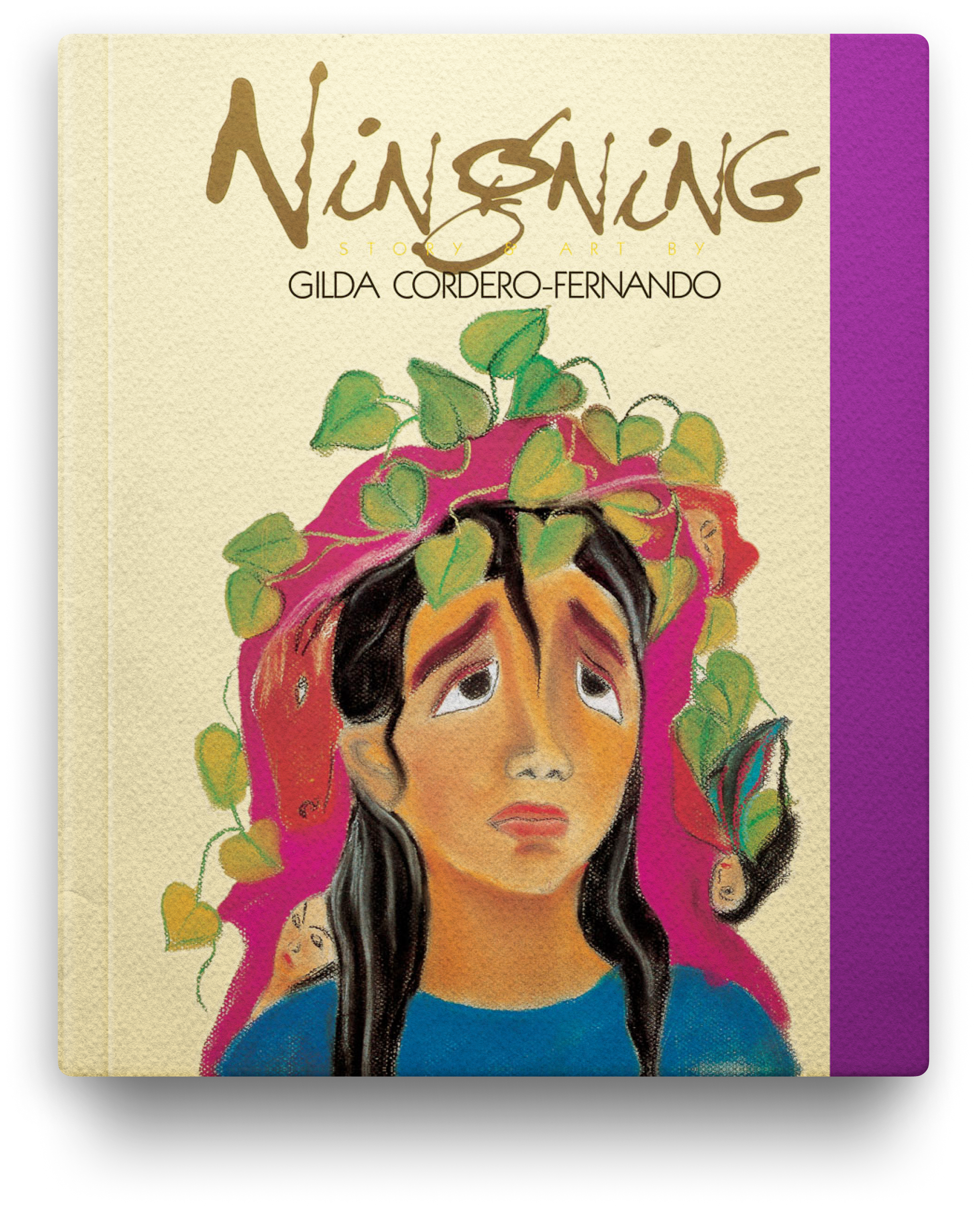
No ratings yet

No ratings yet

No ratings yet
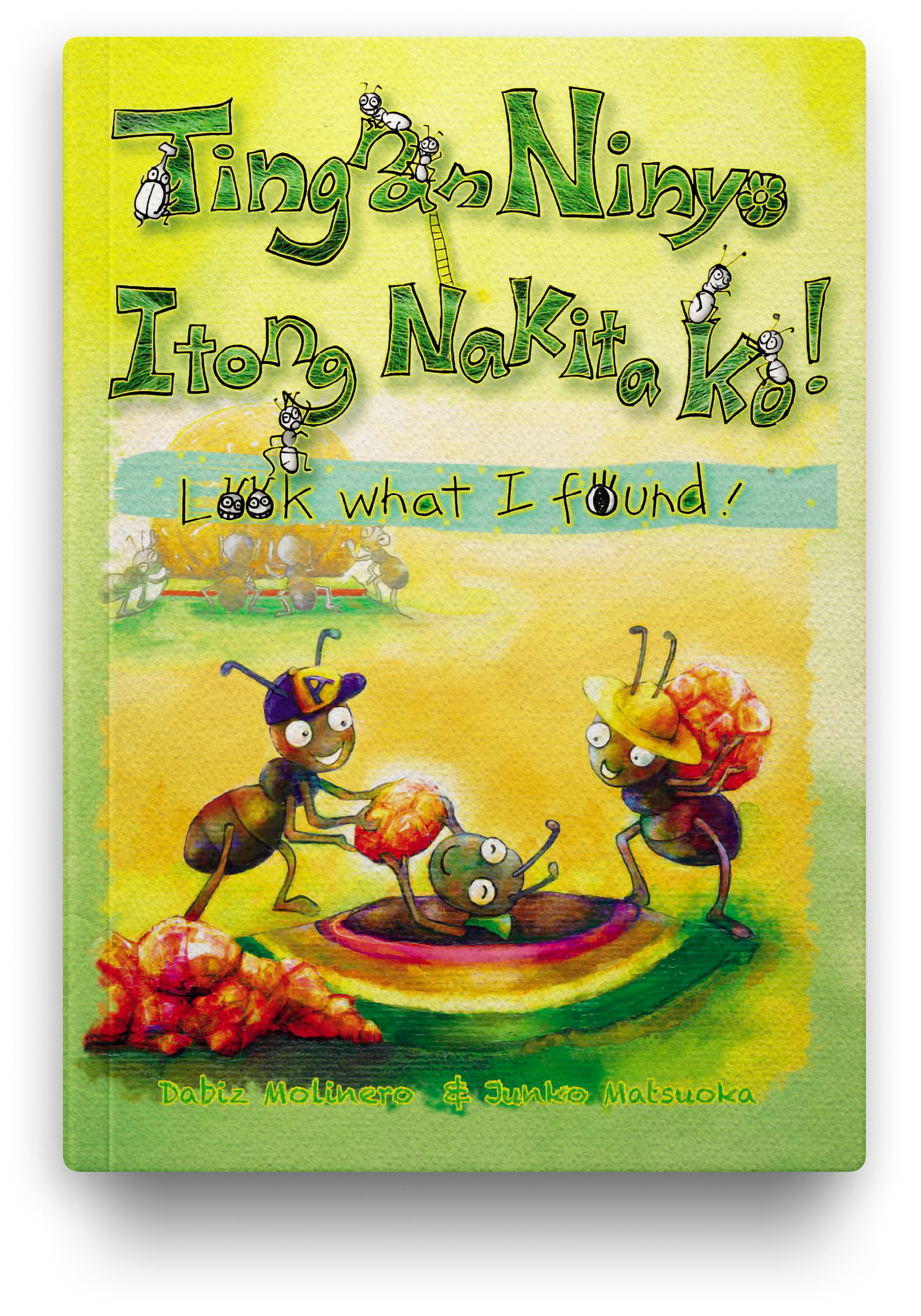
No ratings yet
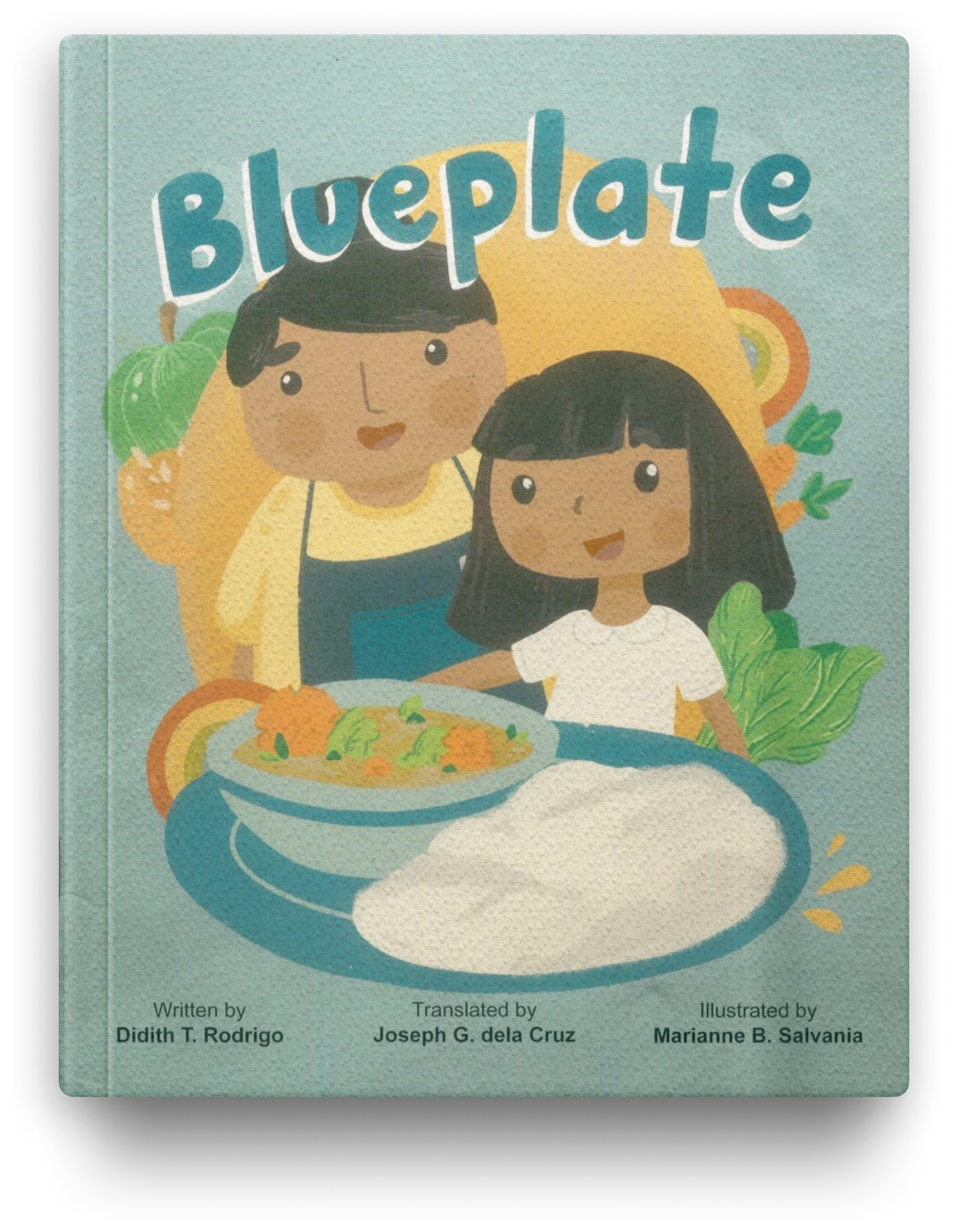
No ratings yet
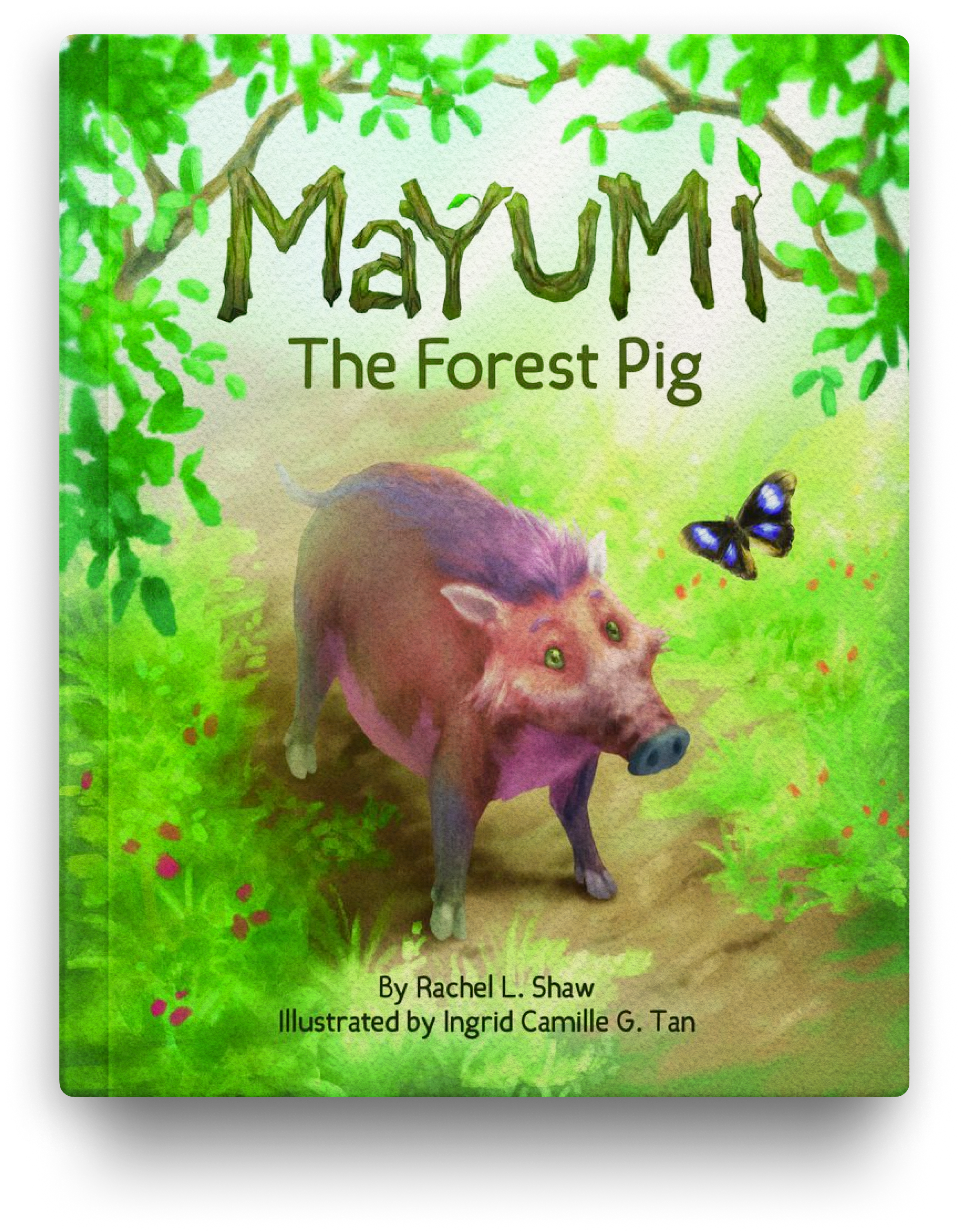
No ratings yet

No ratings yet
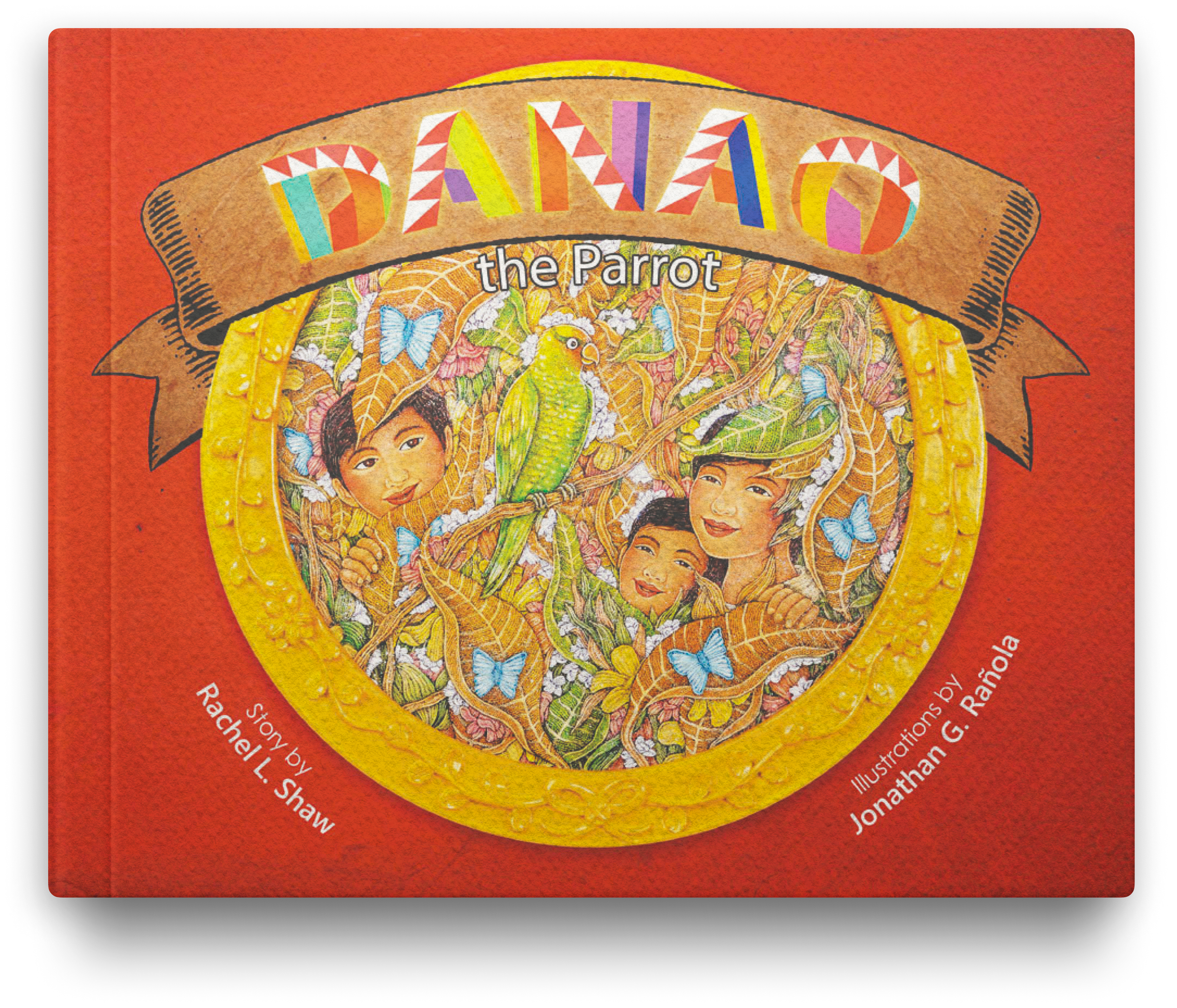
No ratings yet
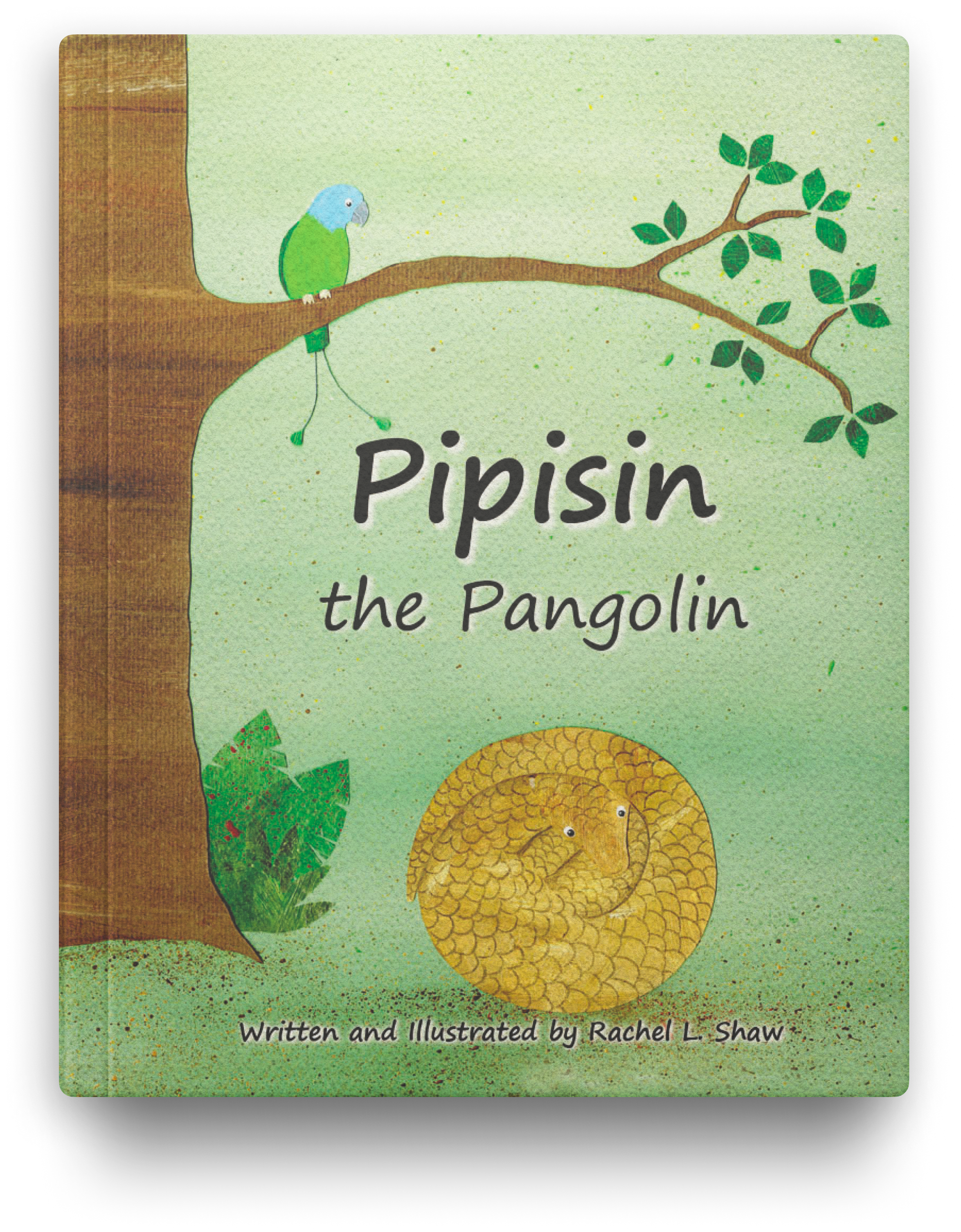
No ratings yet

No ratings yet

No ratings yet

No ratings yet
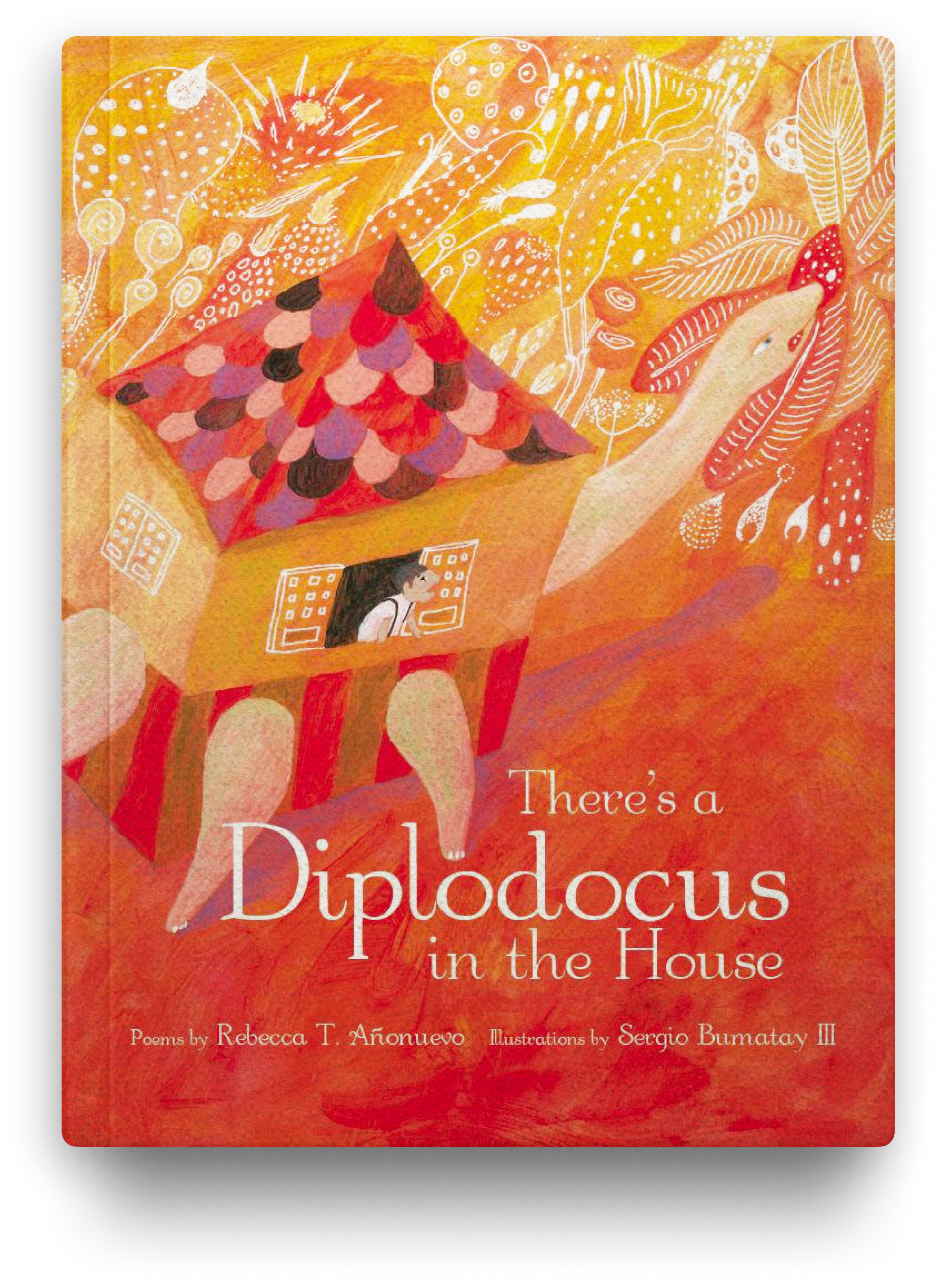
No ratings yet

No ratings yet

No ratings yet
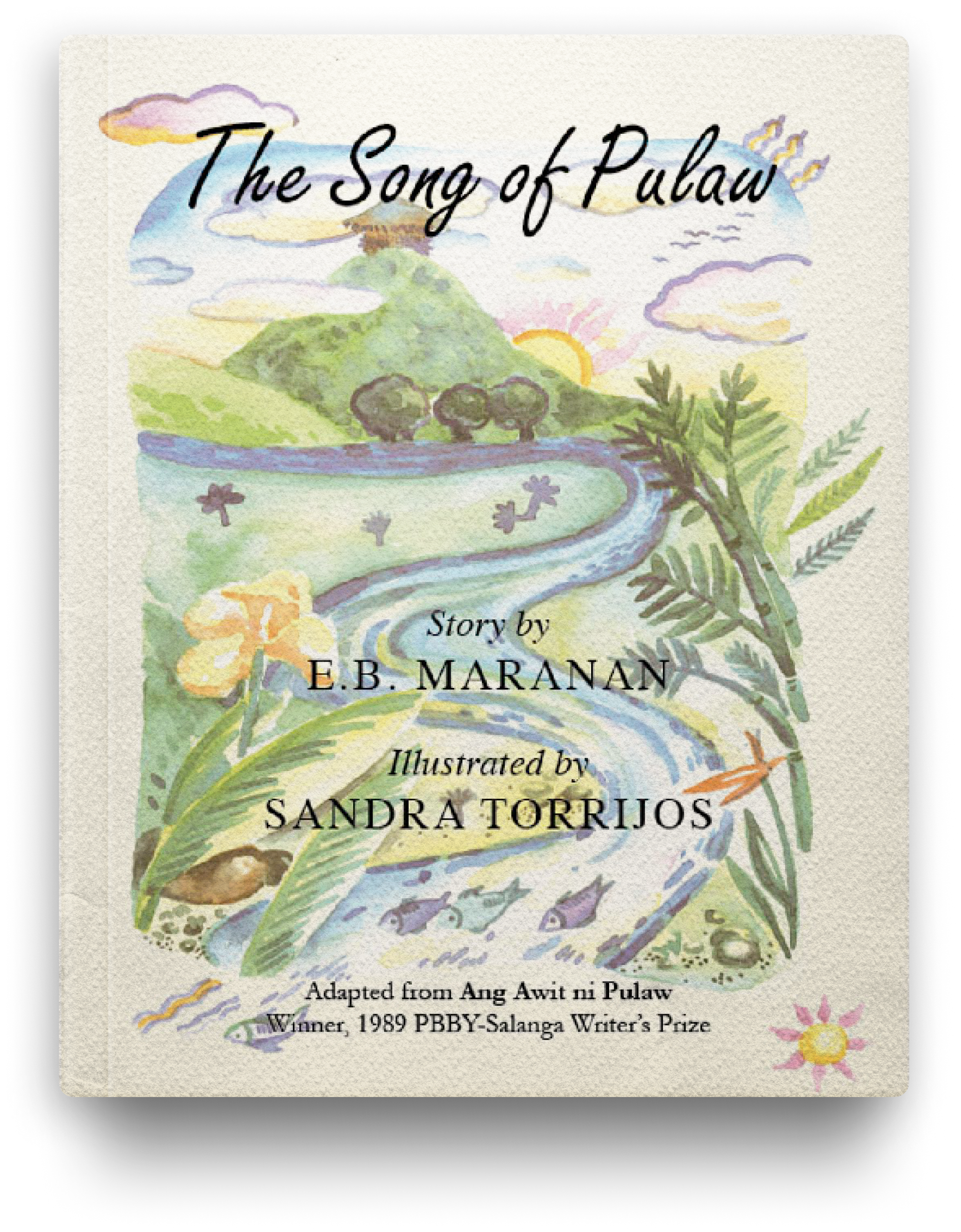
No ratings yet
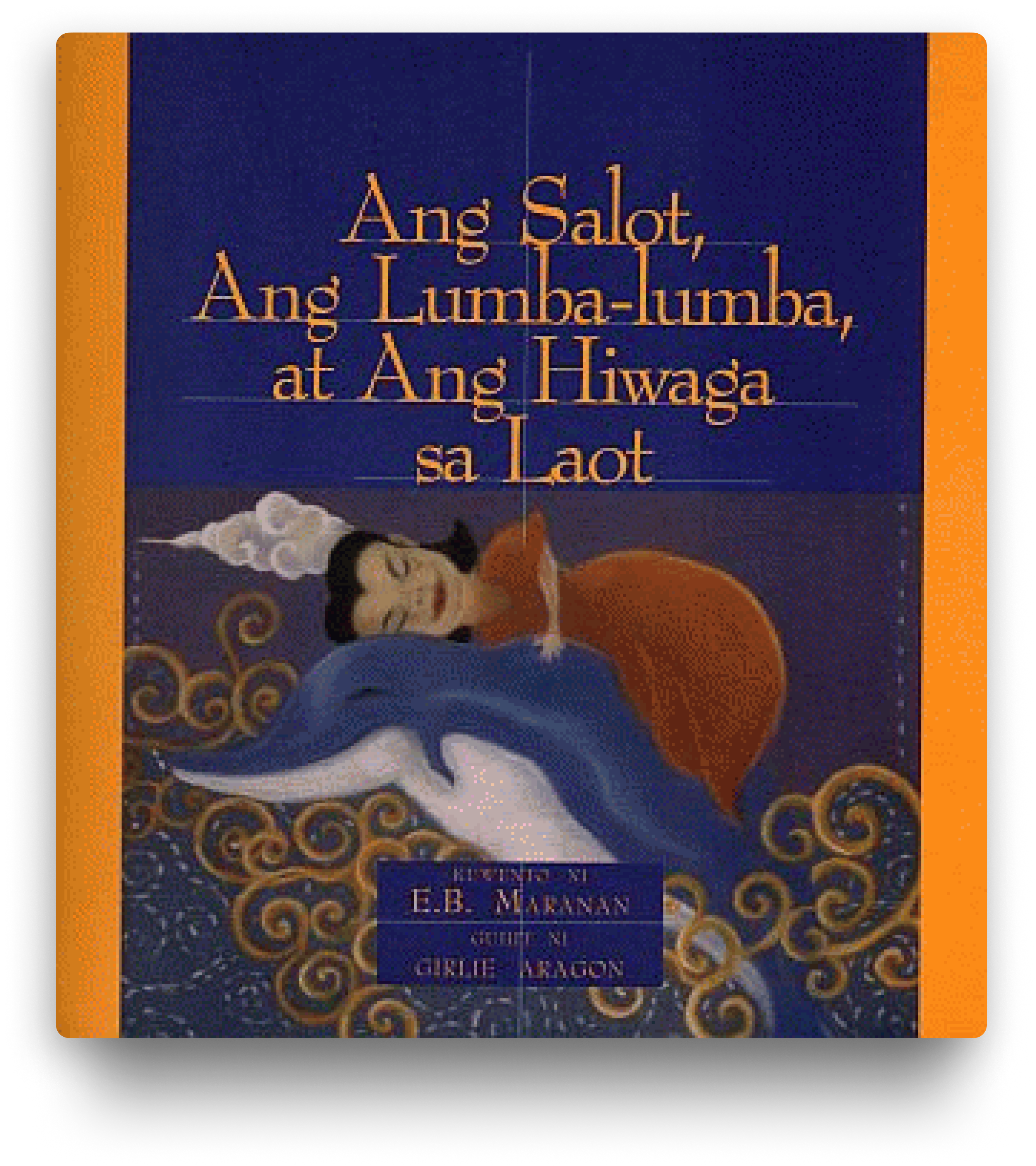
No ratings yet

No ratings yet
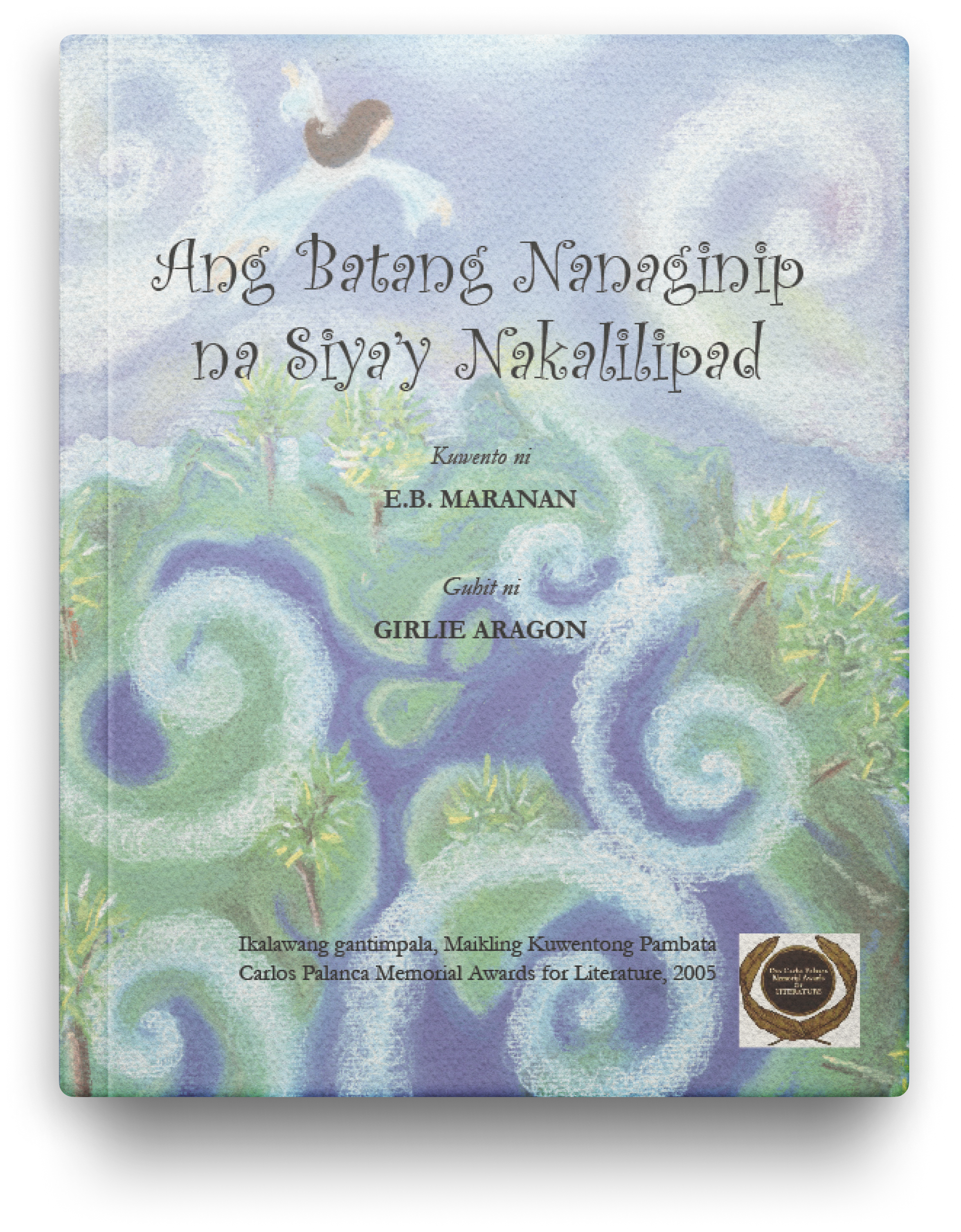
No ratings yet
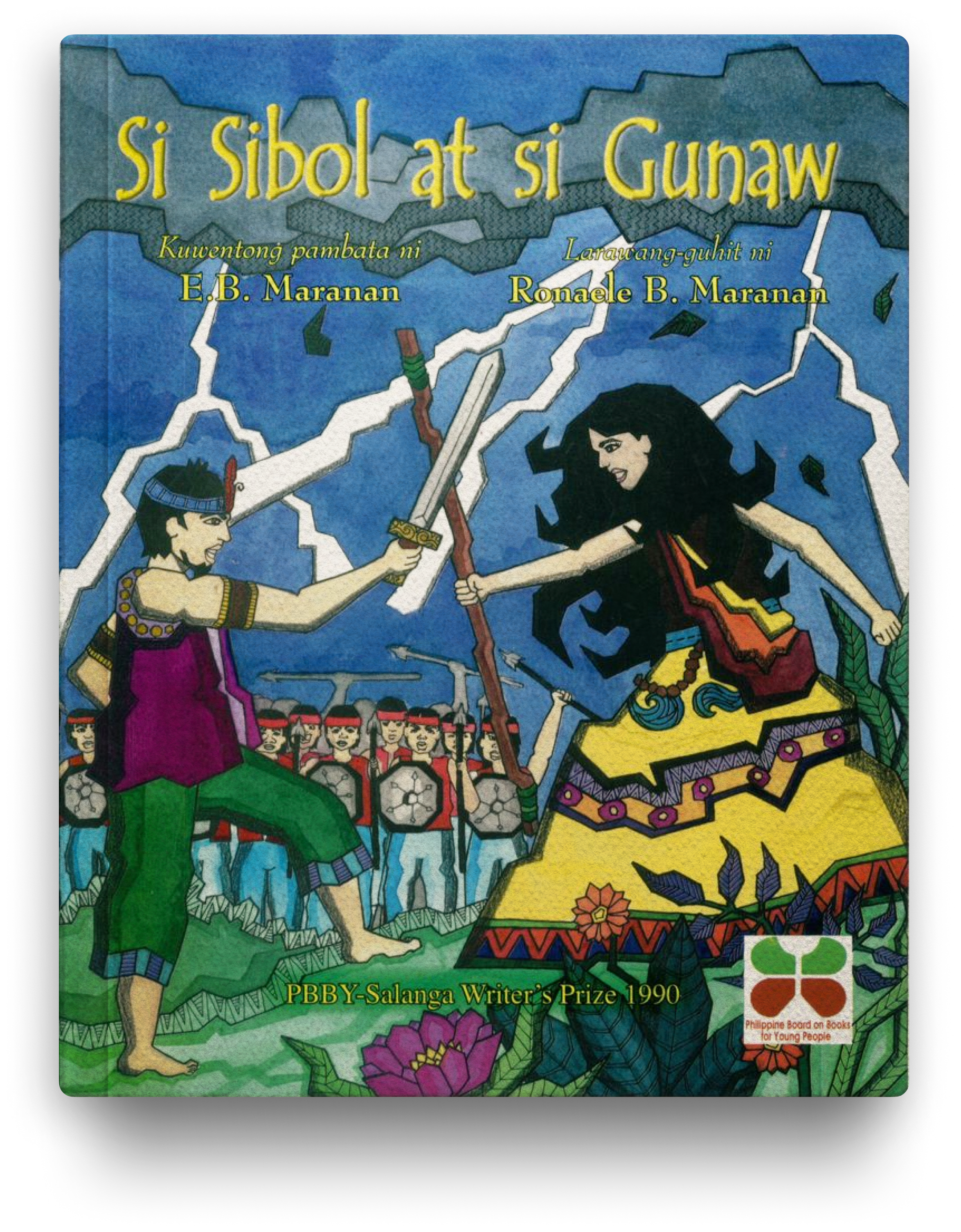
No ratings yet
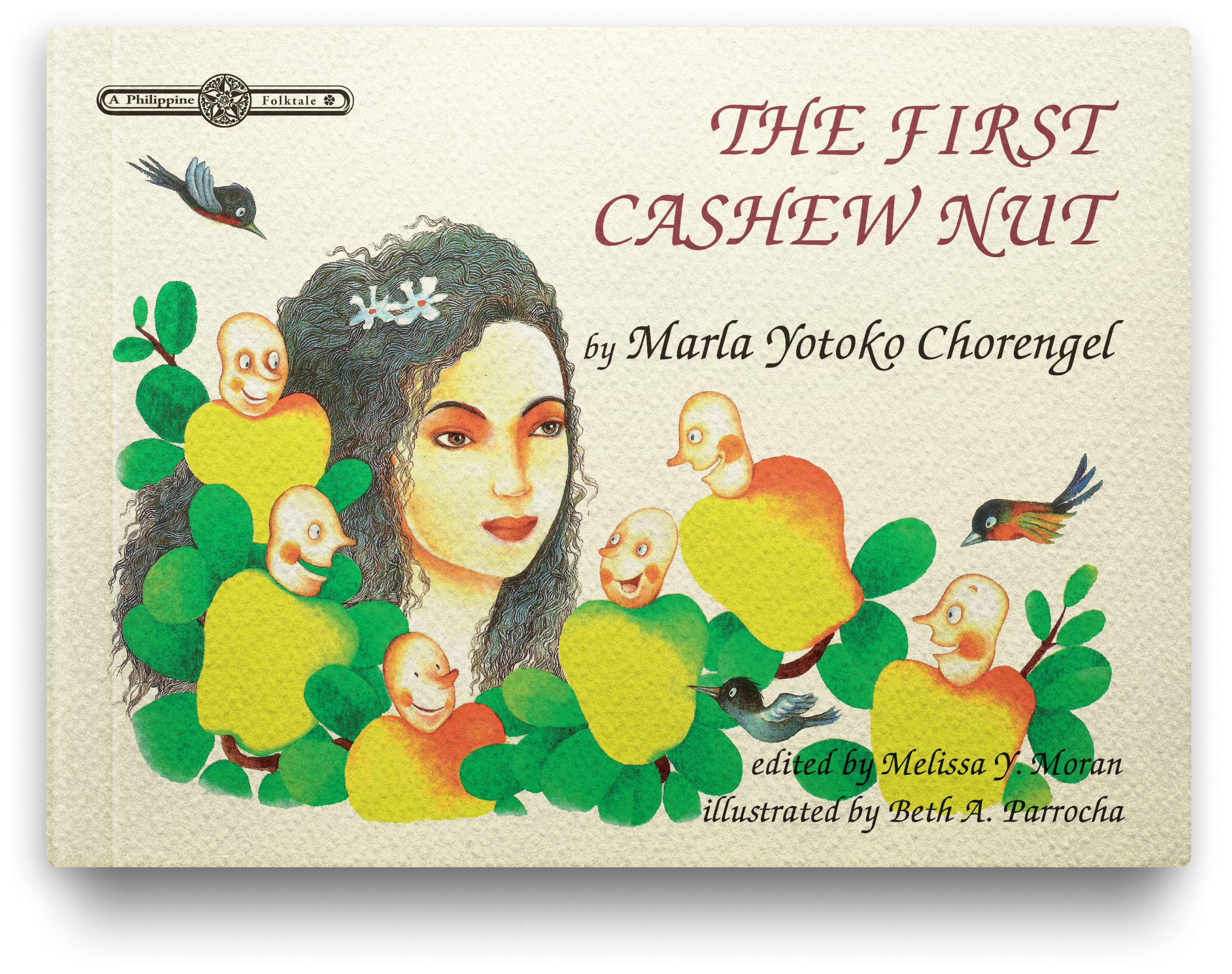
No ratings yet

No ratings yet
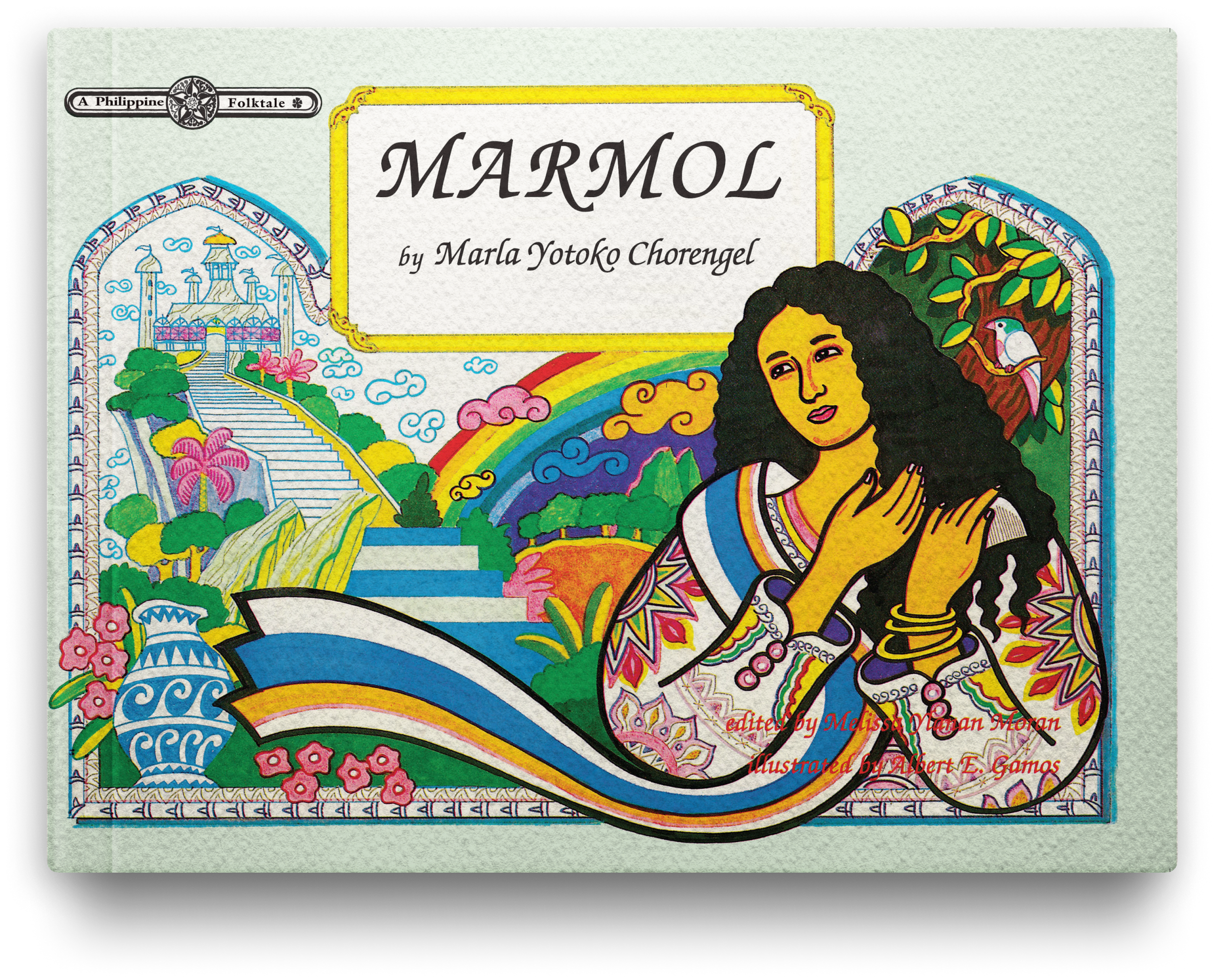
No ratings yet

No ratings yet
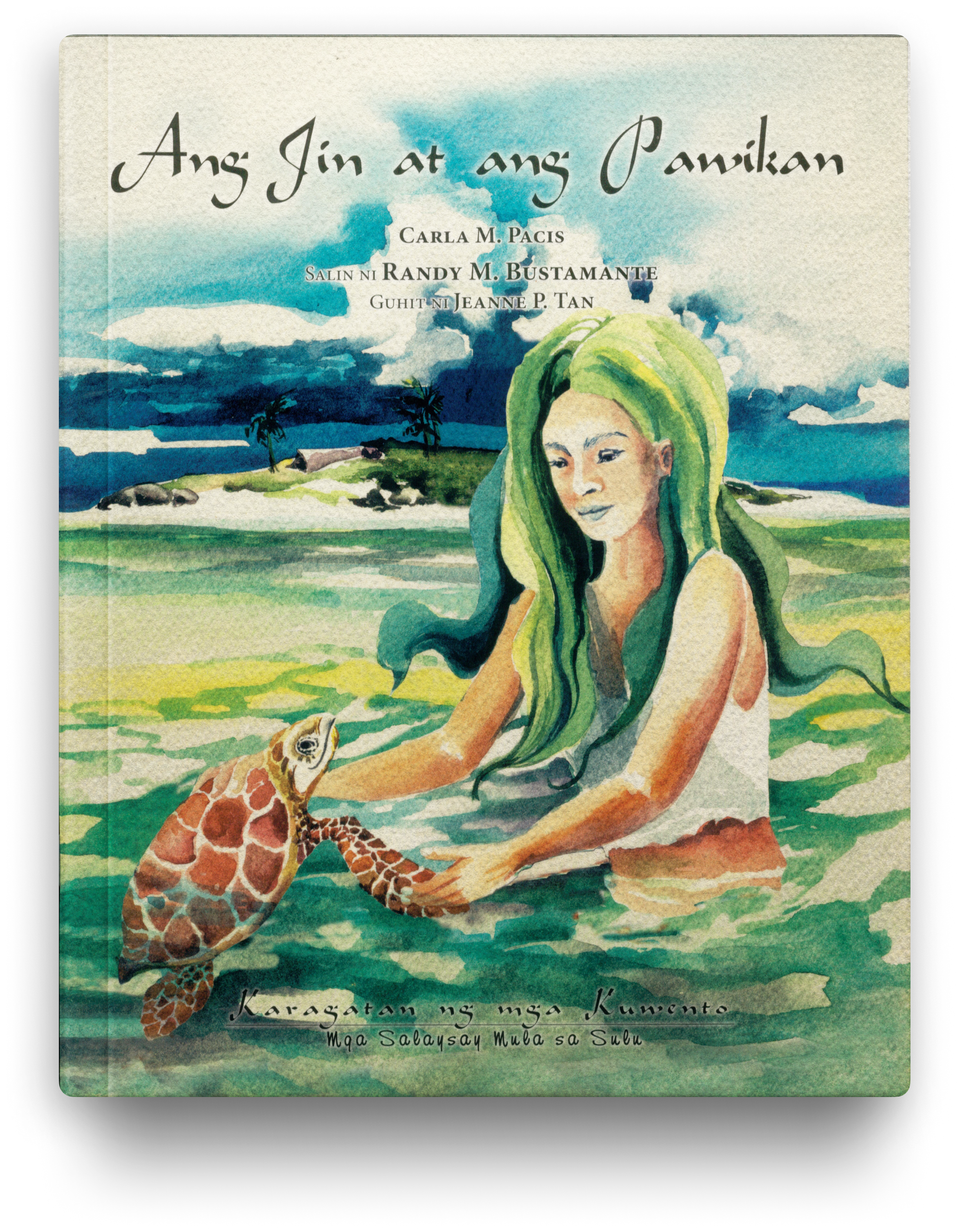
No ratings yet
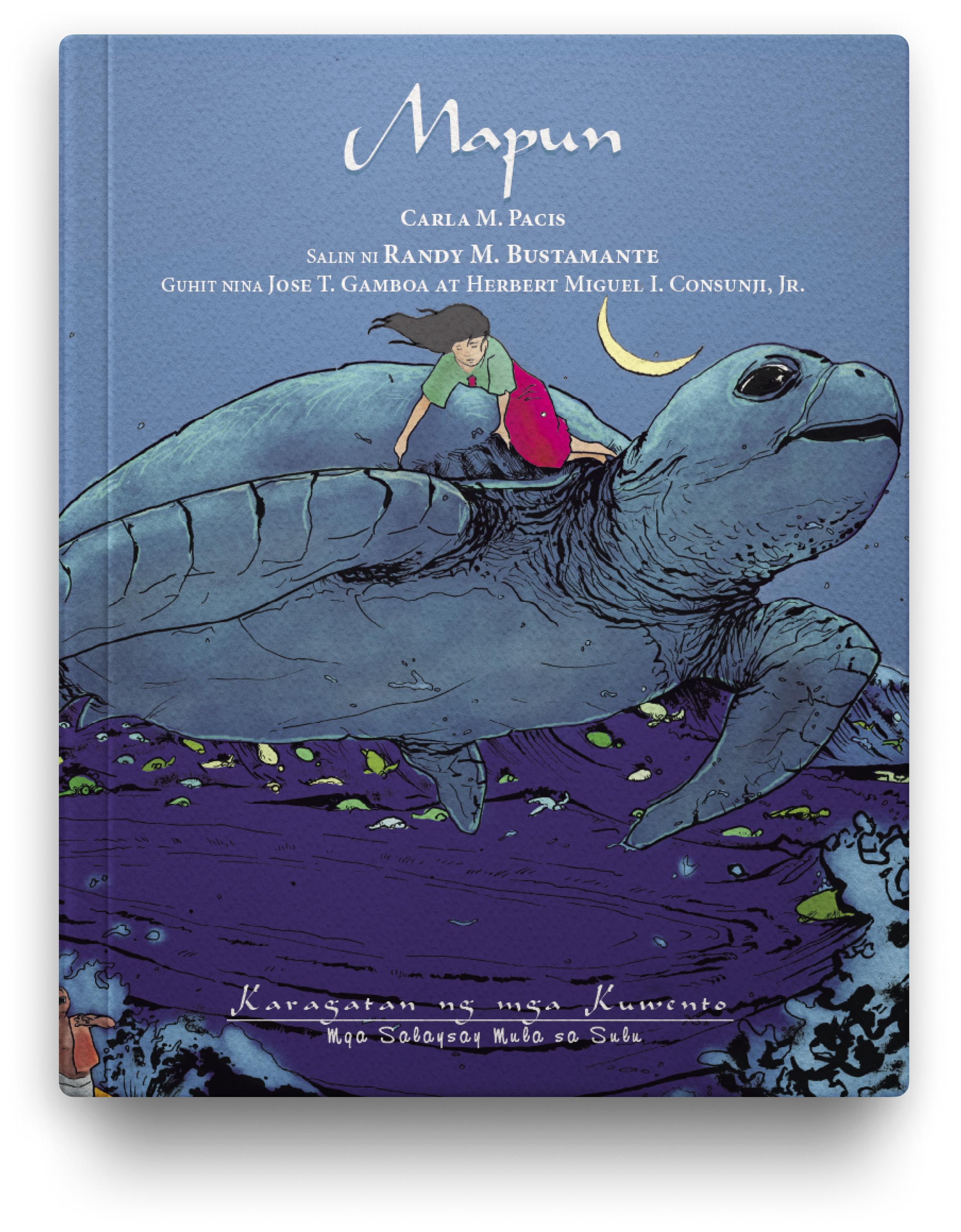
No ratings yet
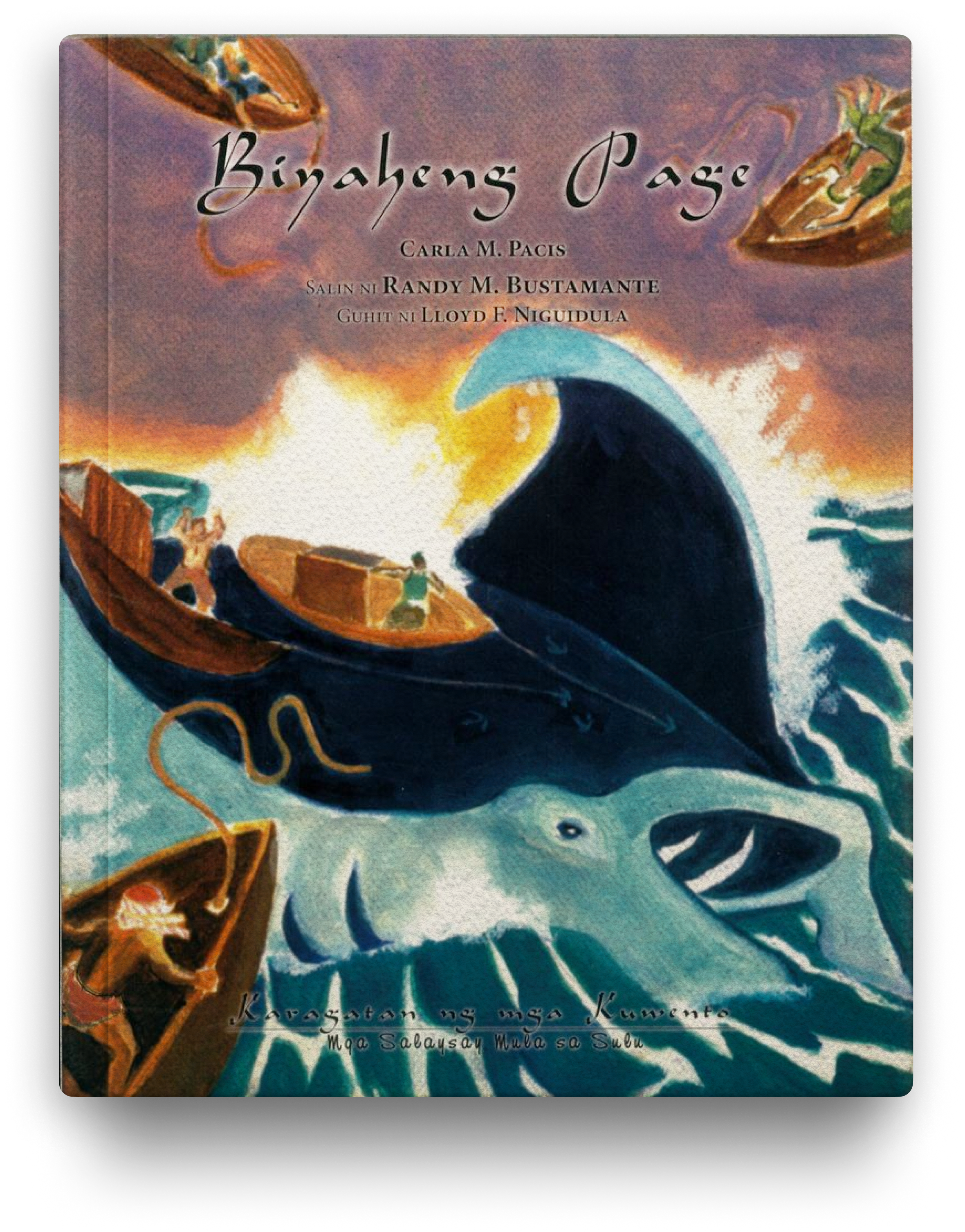
No ratings yet
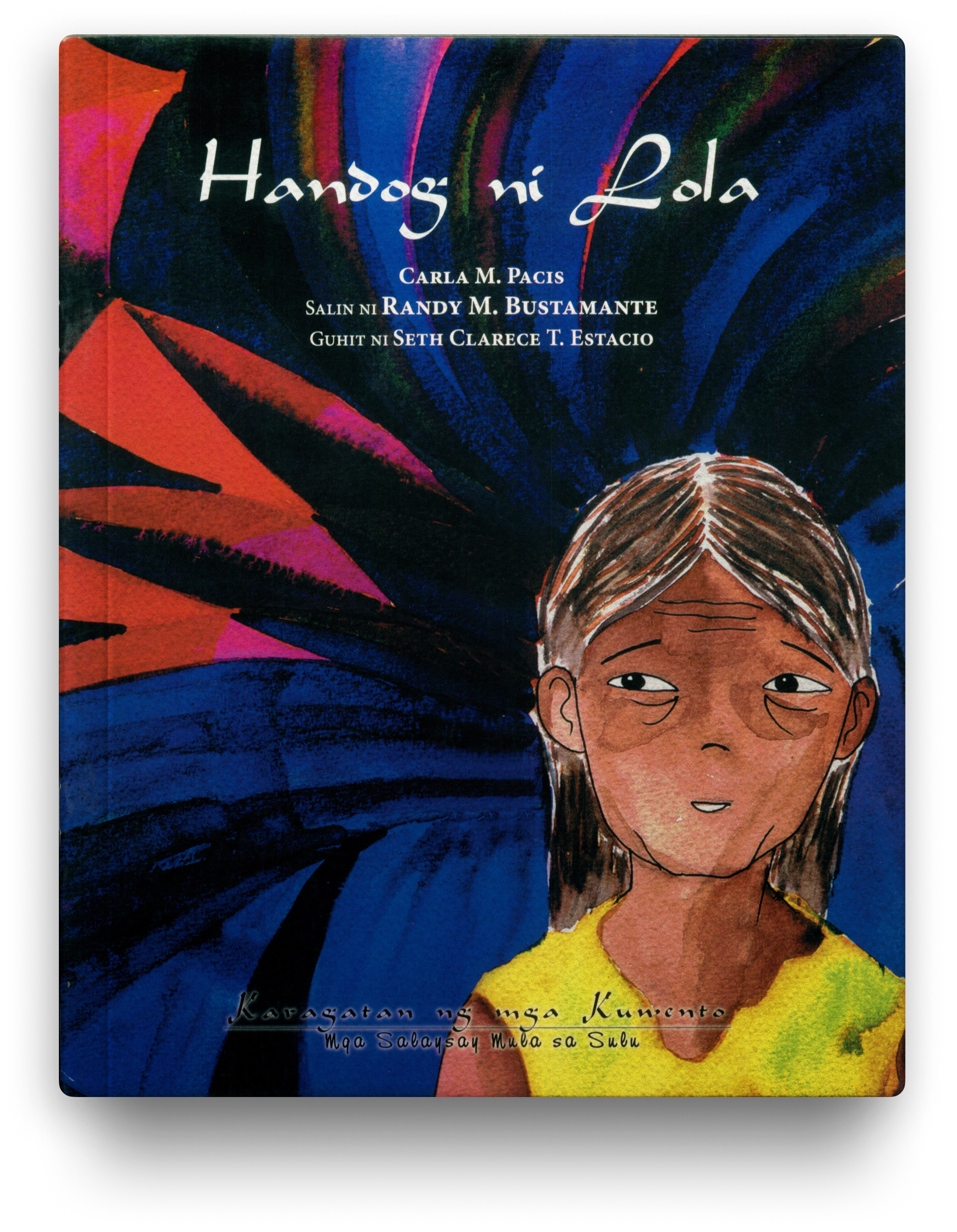
No ratings yet
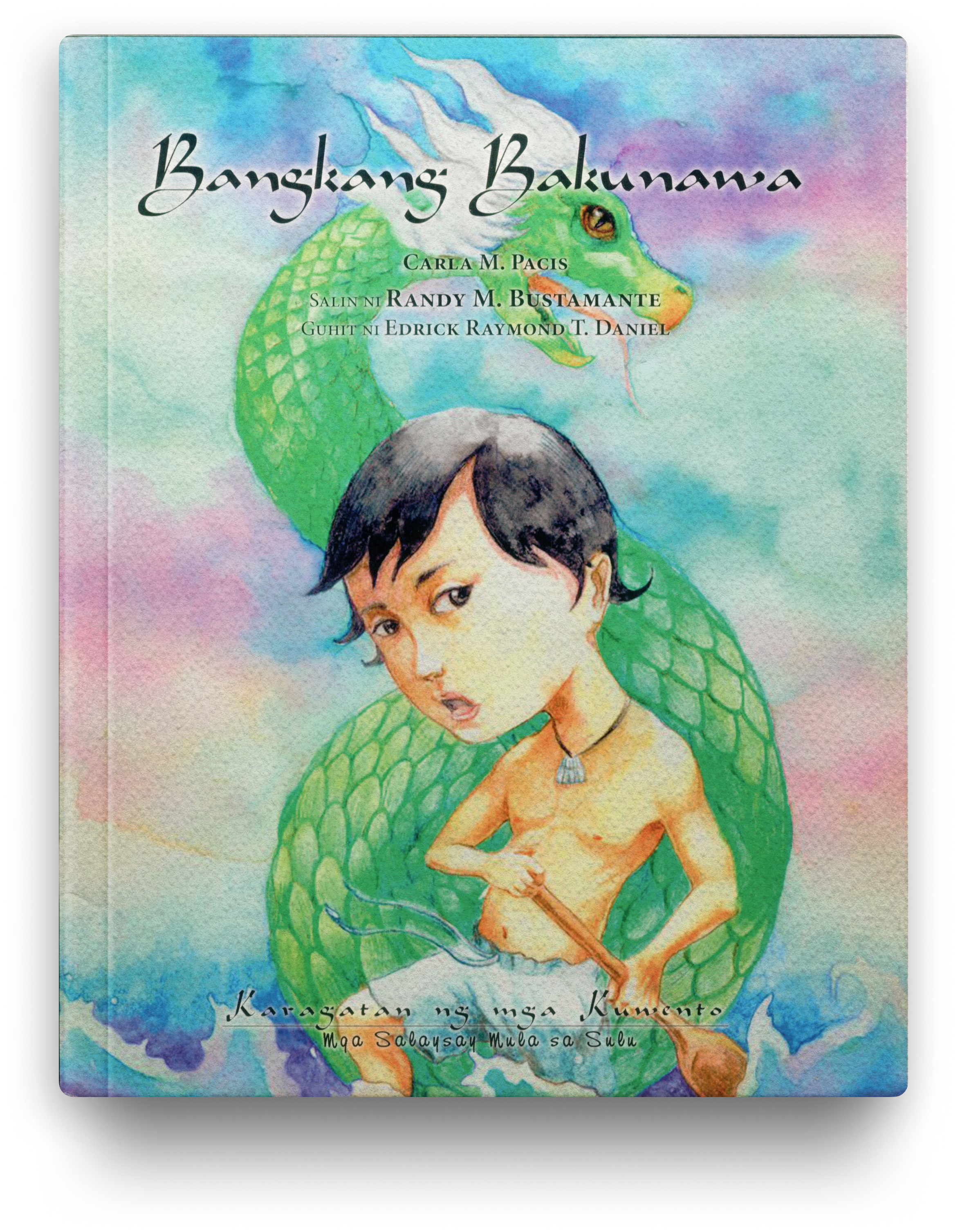
No ratings yet

No ratings yet
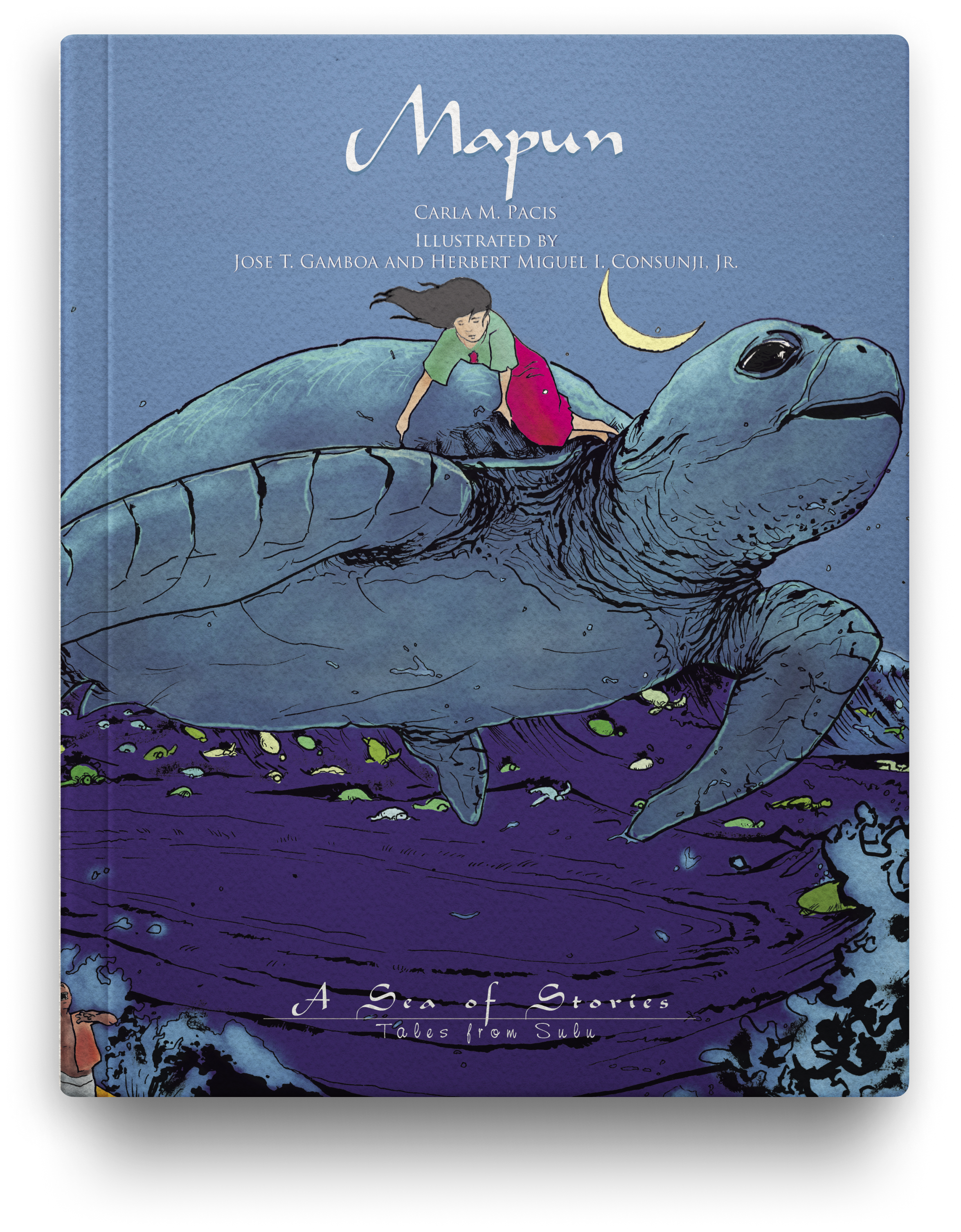
No ratings yet

No ratings yet
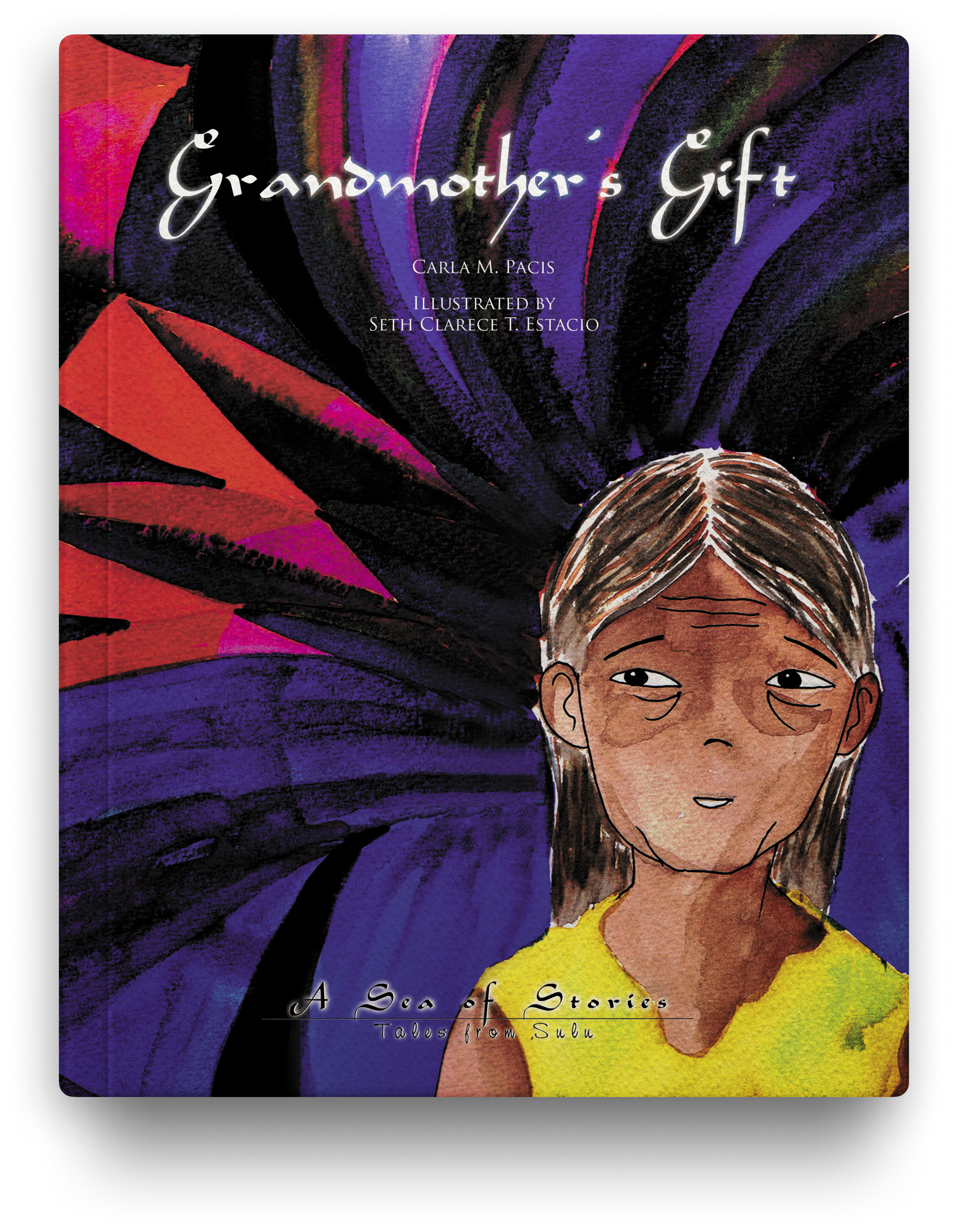
No ratings yet
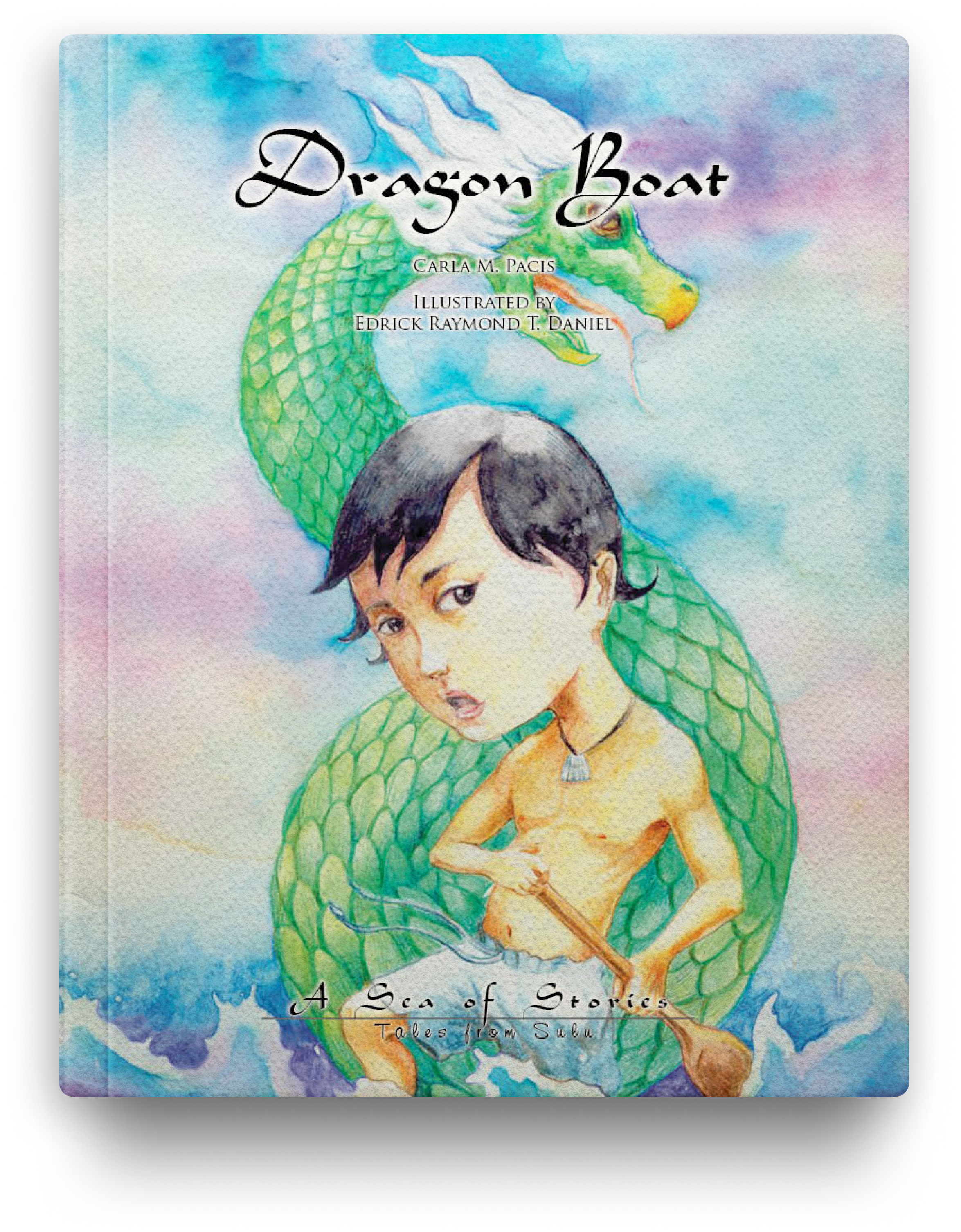
No ratings yet

No ratings yet

No ratings yet

No ratings yet

No ratings yet

No ratings yet

No ratings yet

No ratings yet

No ratings yet

No ratings yet
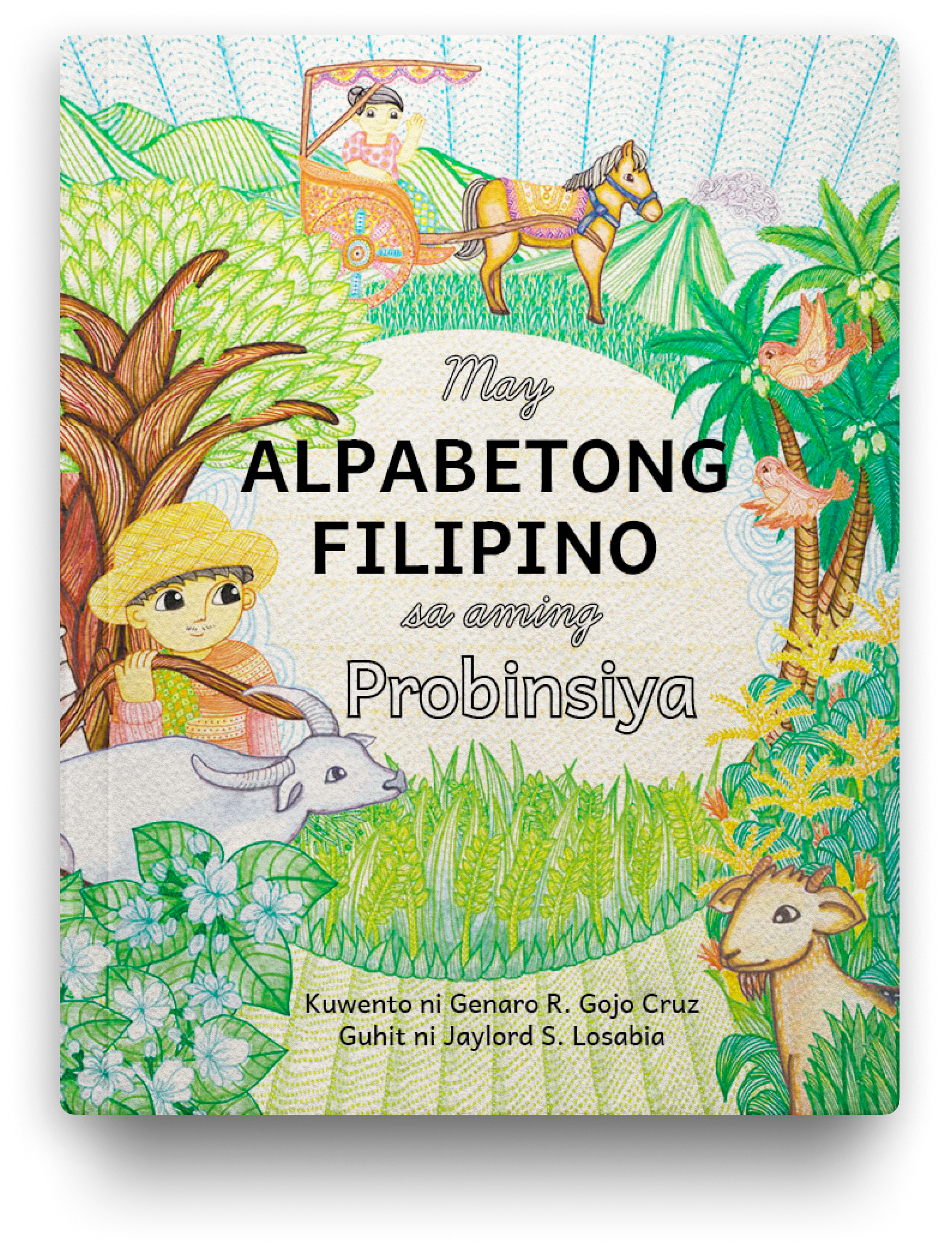
No ratings yet

No ratings yet

No ratings yet
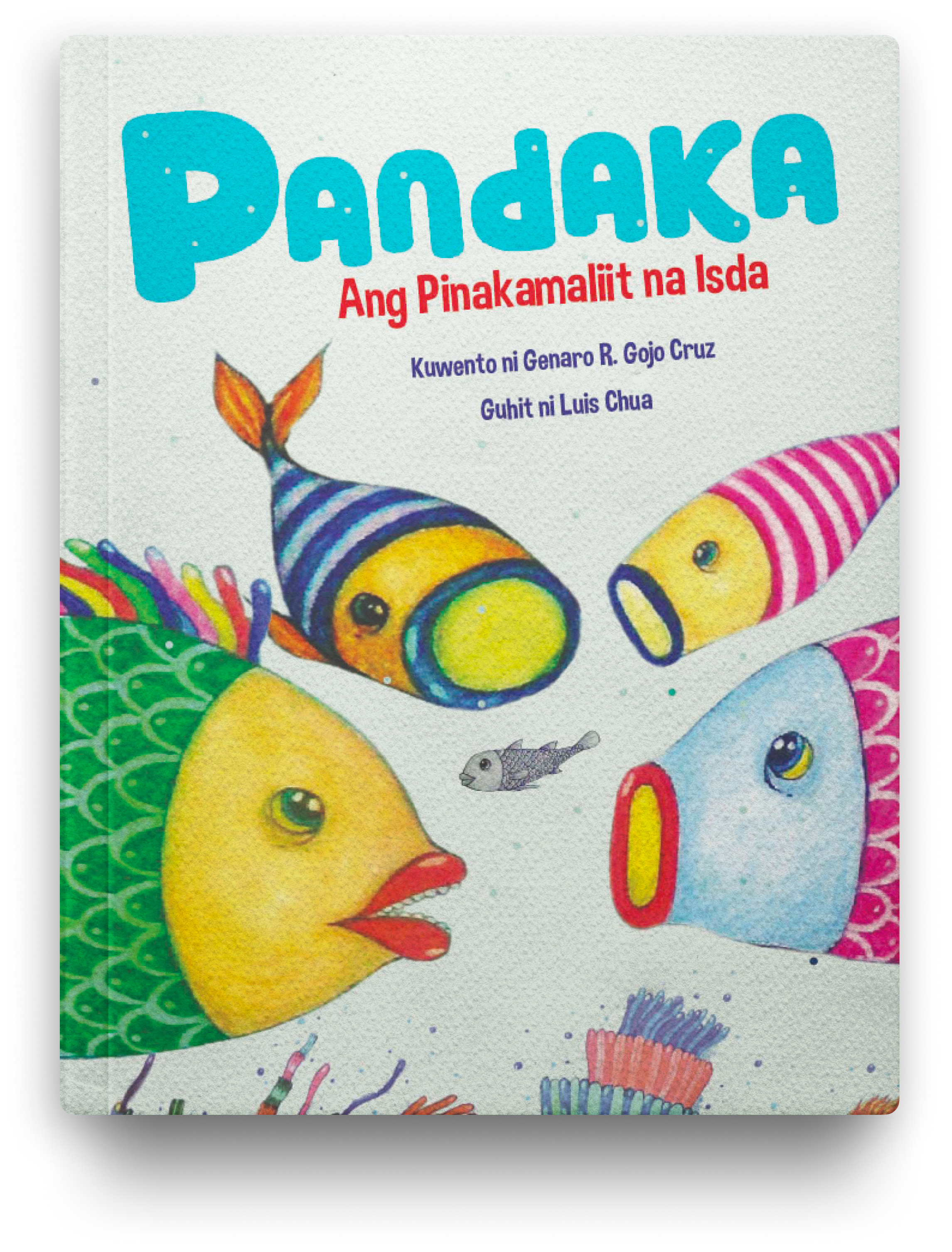
No ratings yet
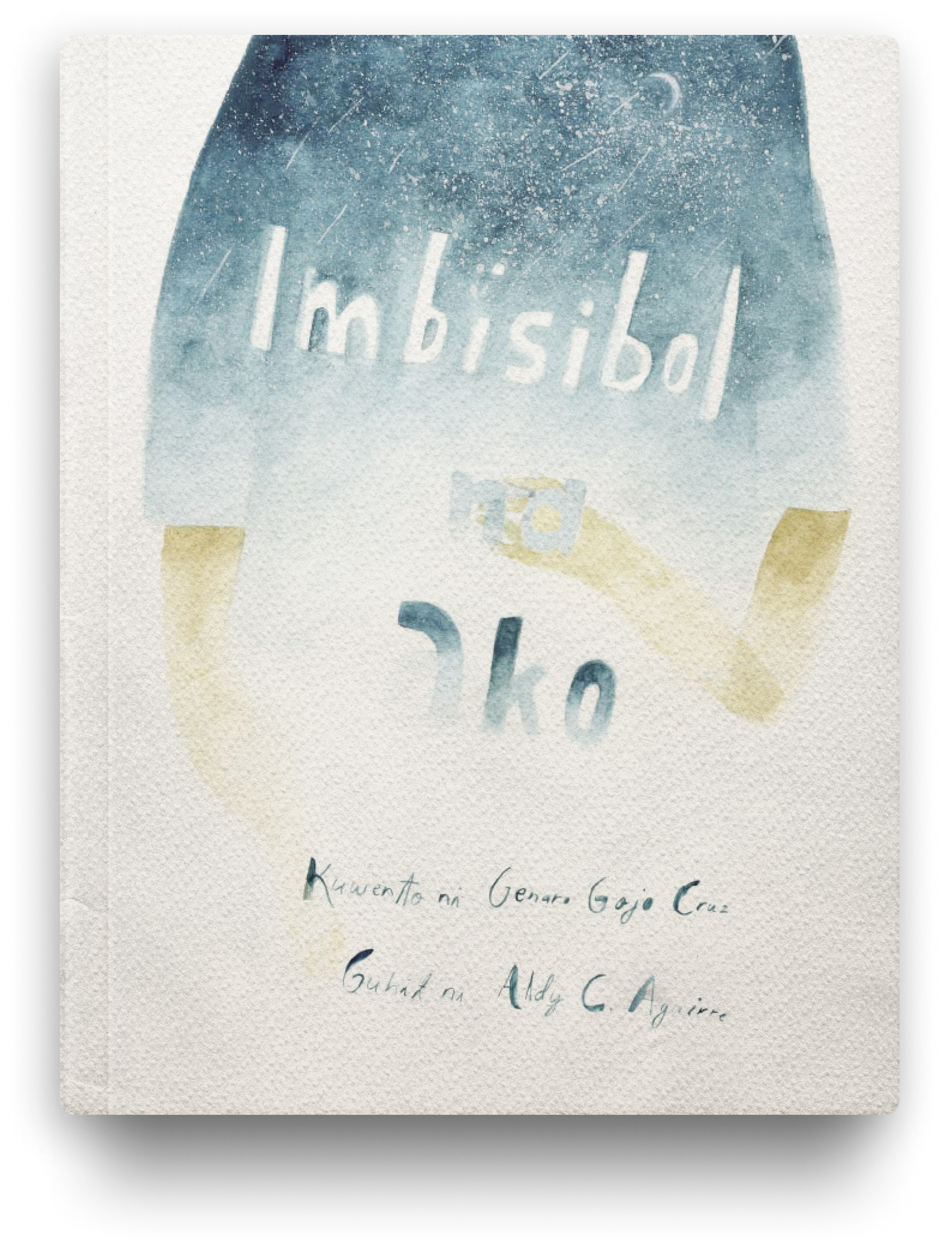
No ratings yet

No ratings yet

No ratings yet

No ratings yet
No ratings yet
No ratings yet
No ratings yet
No ratings yet
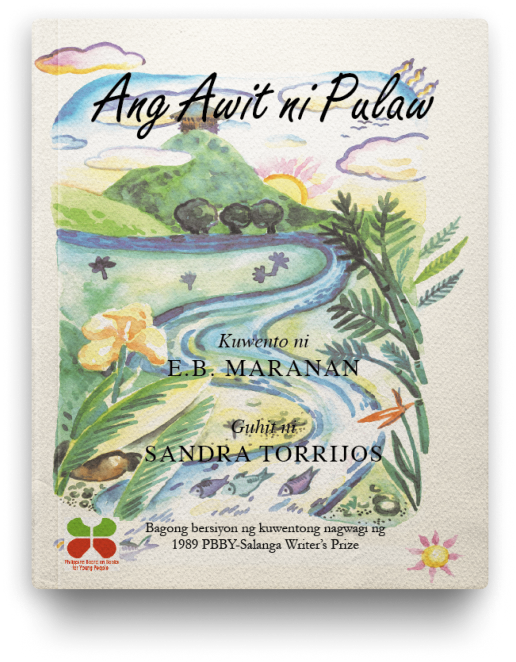
No ratings yet
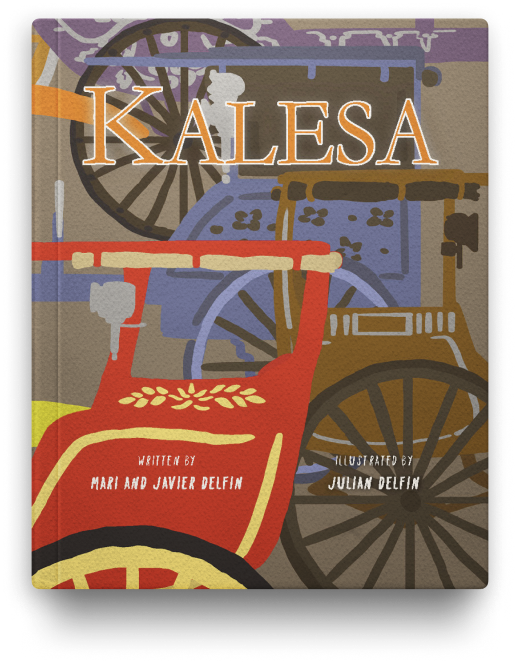
No ratings yet
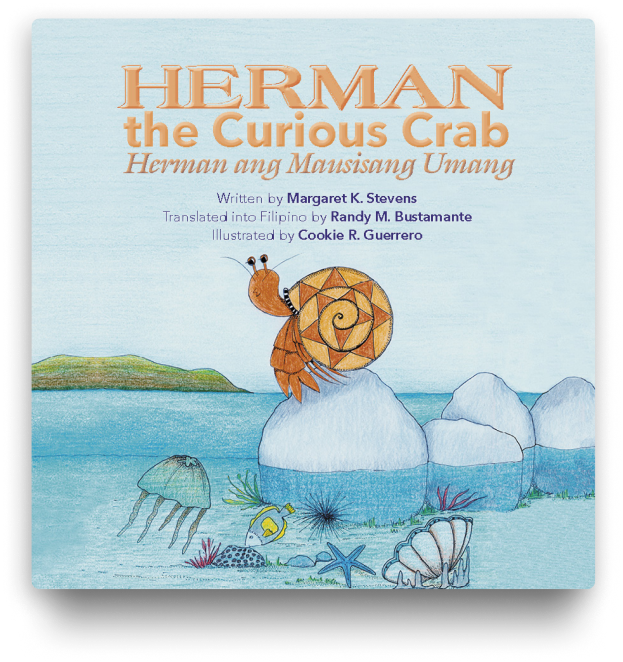
No ratings yet

No ratings yet

No ratings yet
4th floor BABS Building 9304 Kamagong cor Dungon St. San Antonio Makati City
(02) 8895-8061 to 64
© 2025 The Bookmark Inc
Powered by Passion
